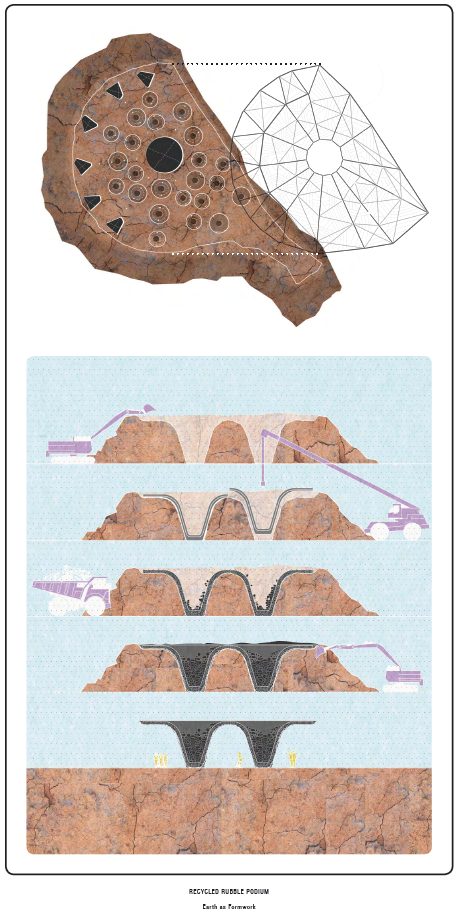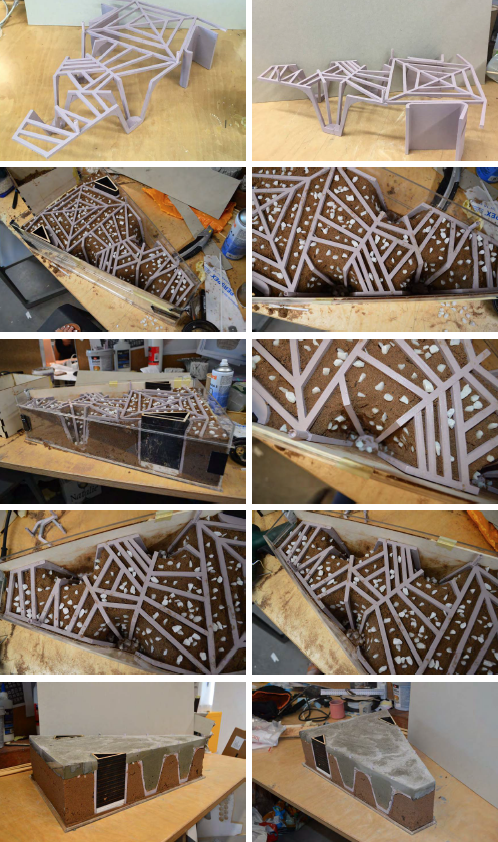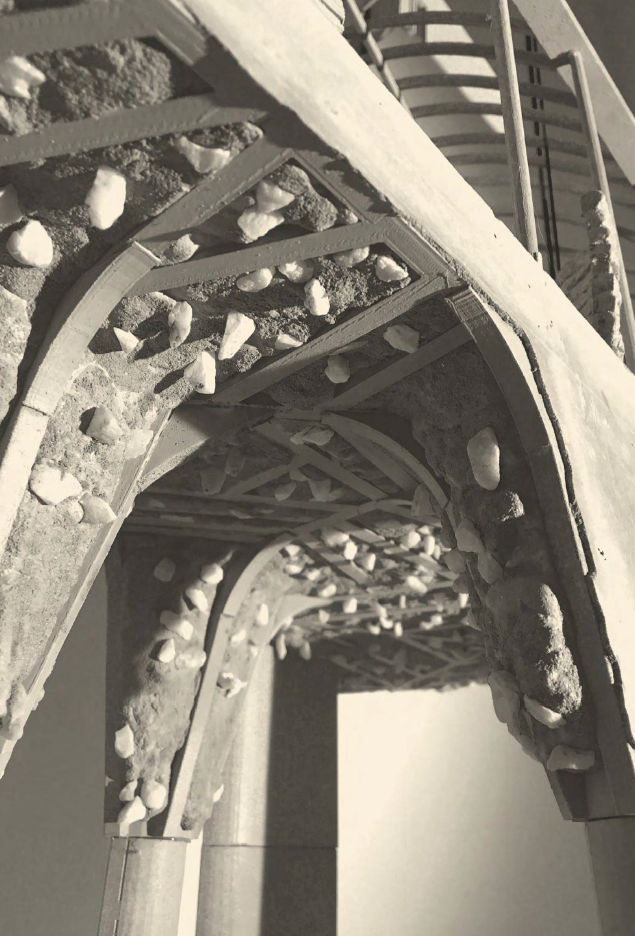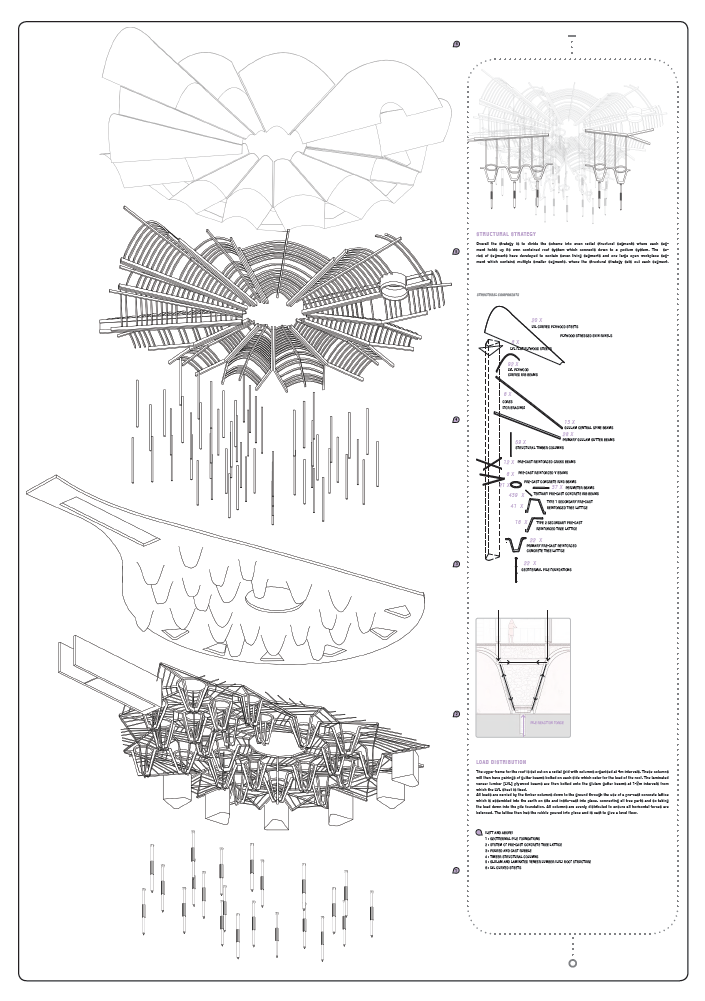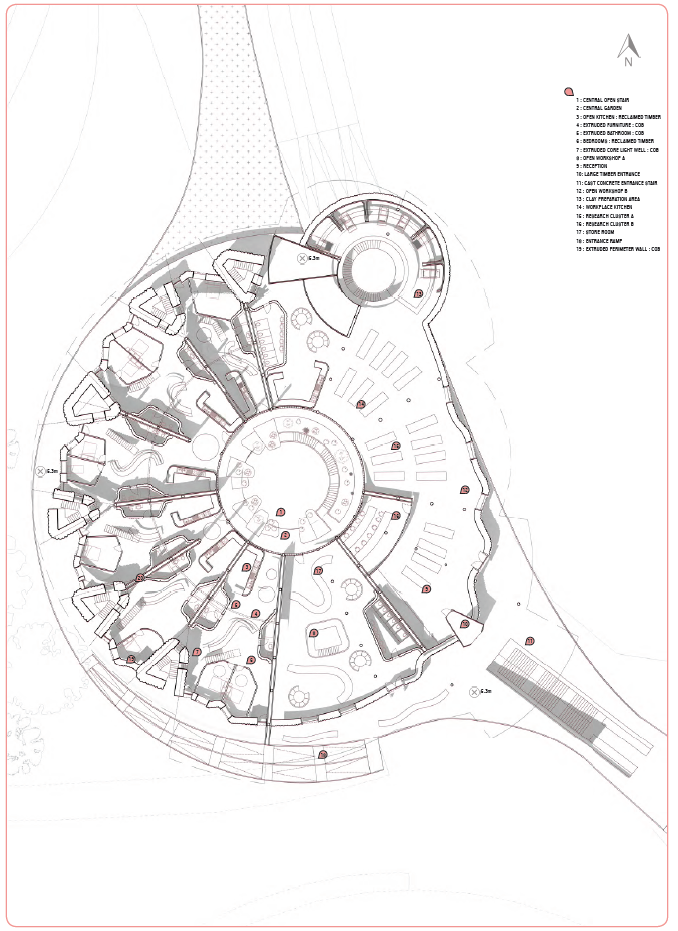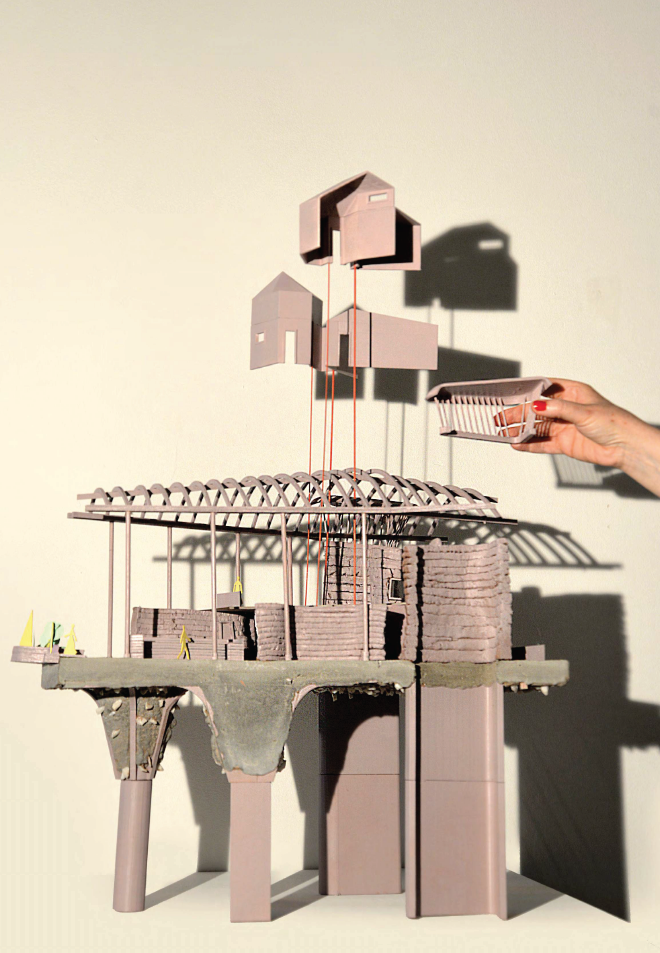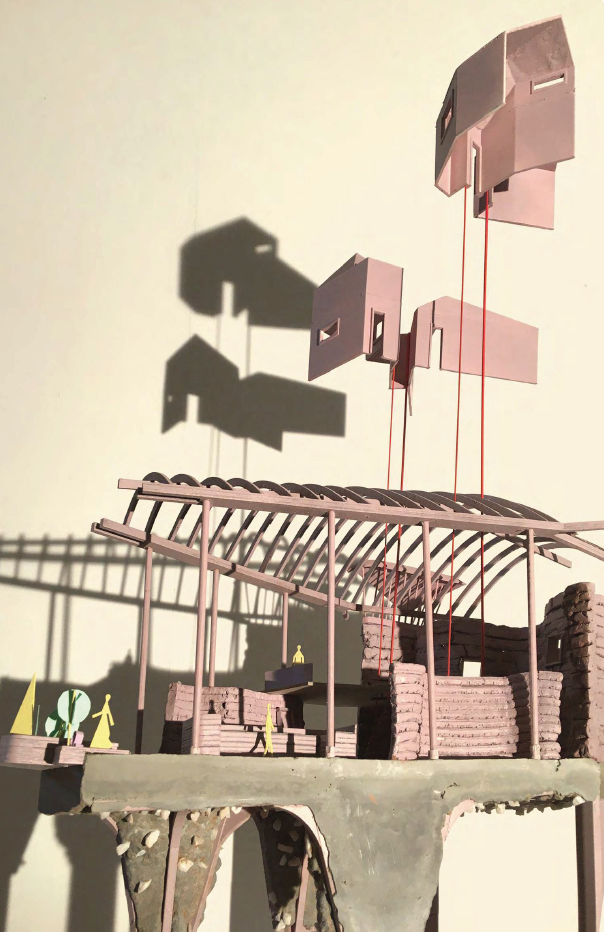Tag: self-built
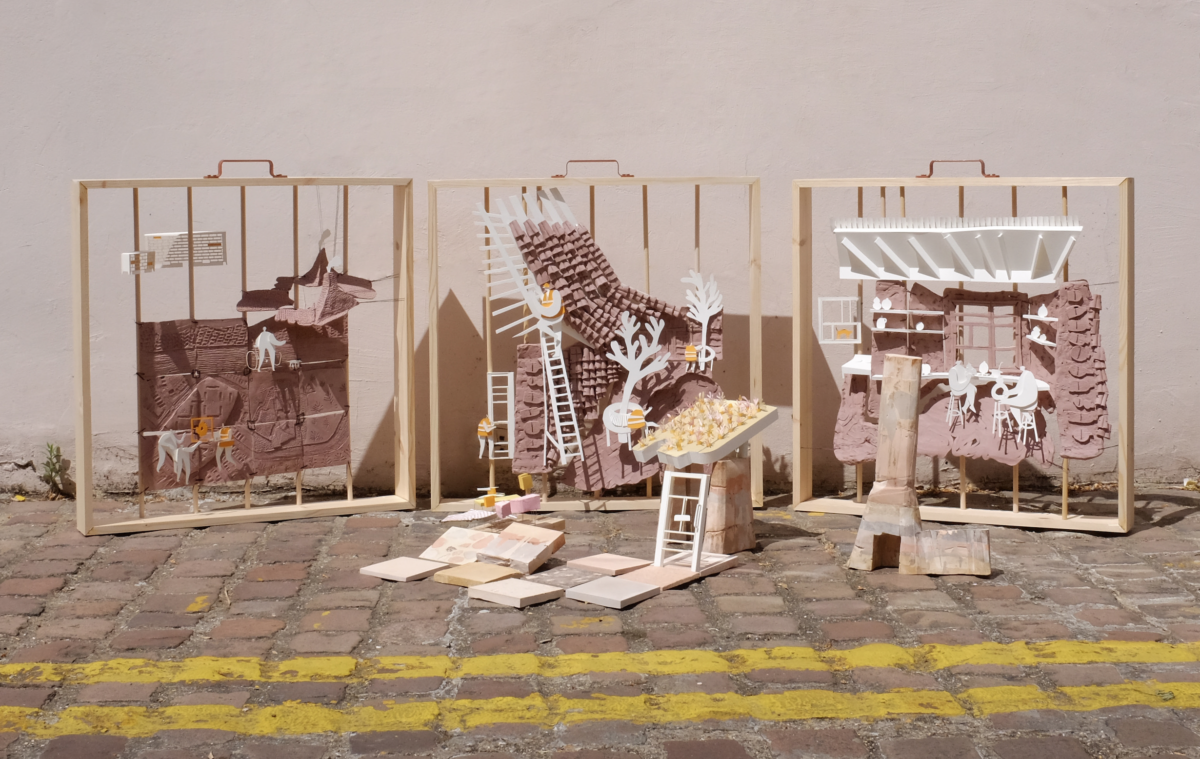
Self-built Assembly of Rammed Earth
The Self-Built Assembly of Rammed Earth is a project-based around the community initiative to encourage a change in the estate’s management and empower residents to re-claim the land through urban commons—this explores the collaboration between the landowner and the civil society. The project takes place on the Hallfield Estate located in Paddington.
The project focuses on the idea of self-buildability and the nature of handmade urbanism. This has been explored throughout the portfolio through model-making and researching alternative methods of construction that embrace a handmade quality. The proposal re-assembles the neglected residents’ forum whilst re-using materials available on site, such as clay, and waste building materials, including concrete rubble, brick, windows and doors. Rammed earth is used as the main form of construction, which guarantees quick, cheap, and low labour productivity.
The project investigates the notion of Urban Commons and the idea of the commonwealth—the resources we own together as a community. The project acts as a social innovation toolkit, that explores ways in which we can leverage conventional delivery methods to integrate social value in equal measure. The final pieces aim to challenge the purpose of the model beyond its aesthetic values and act as device on-site to start interactive conversations with residents.
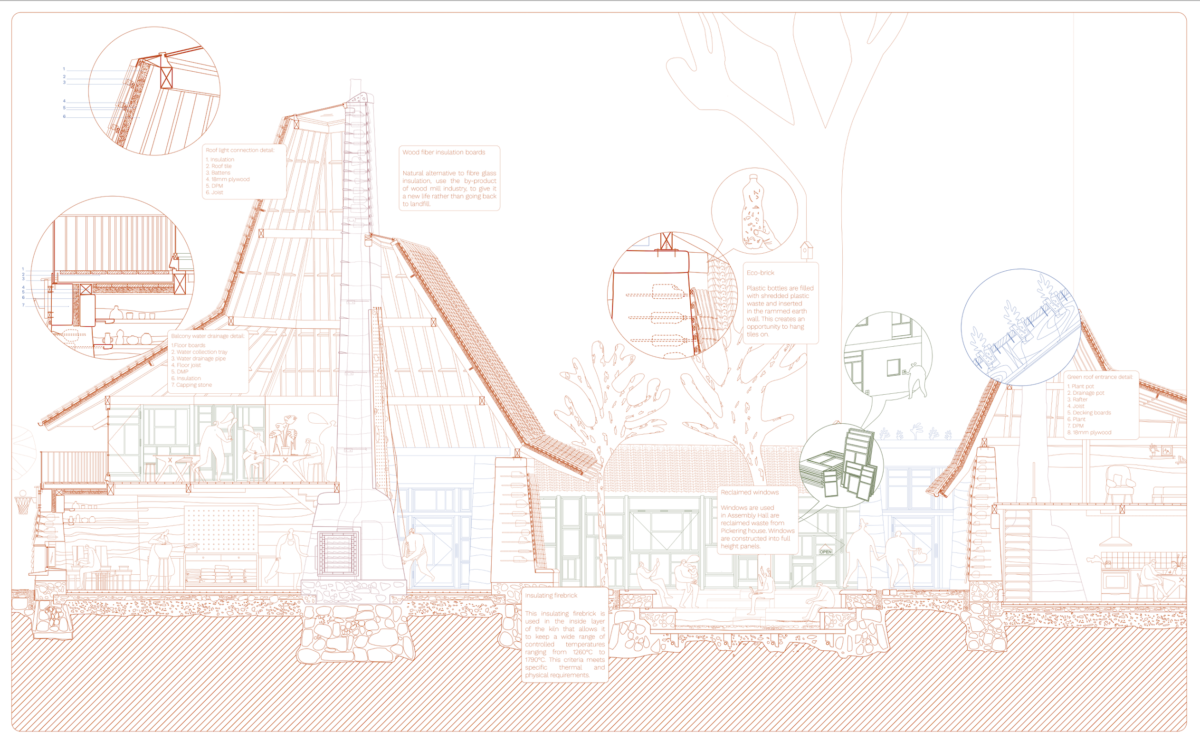


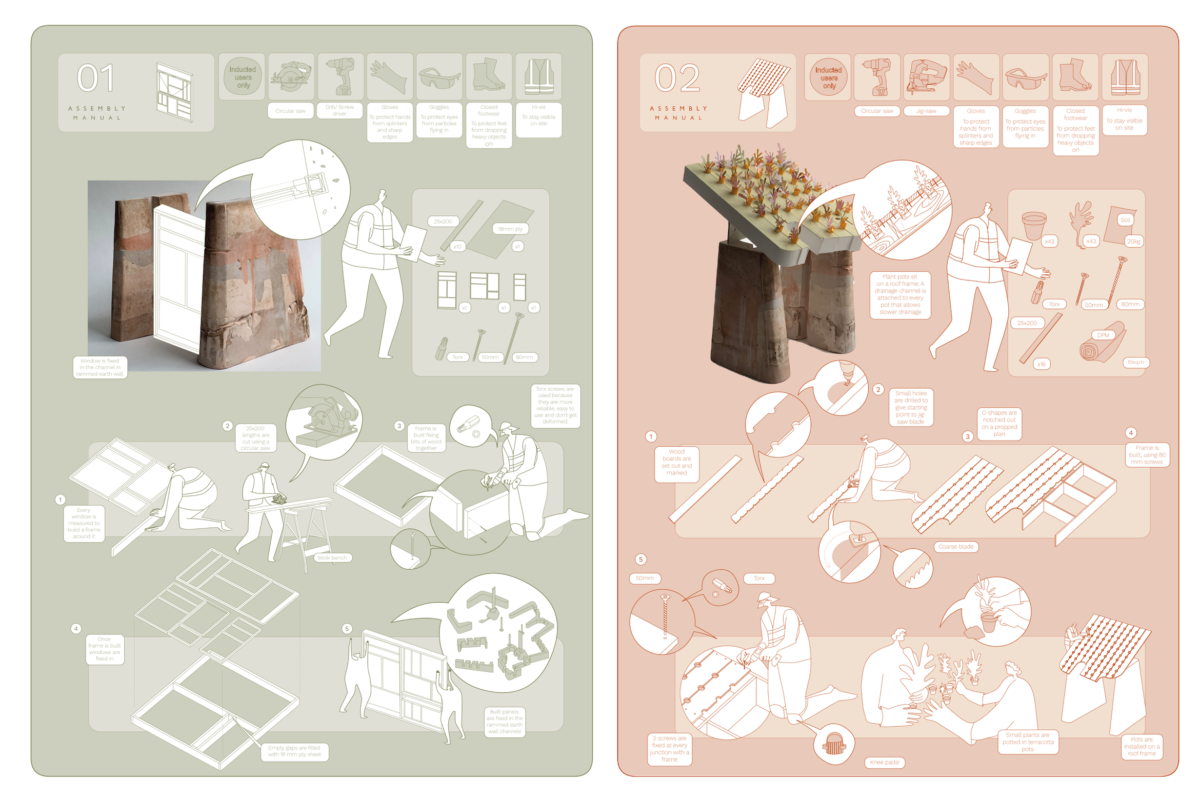
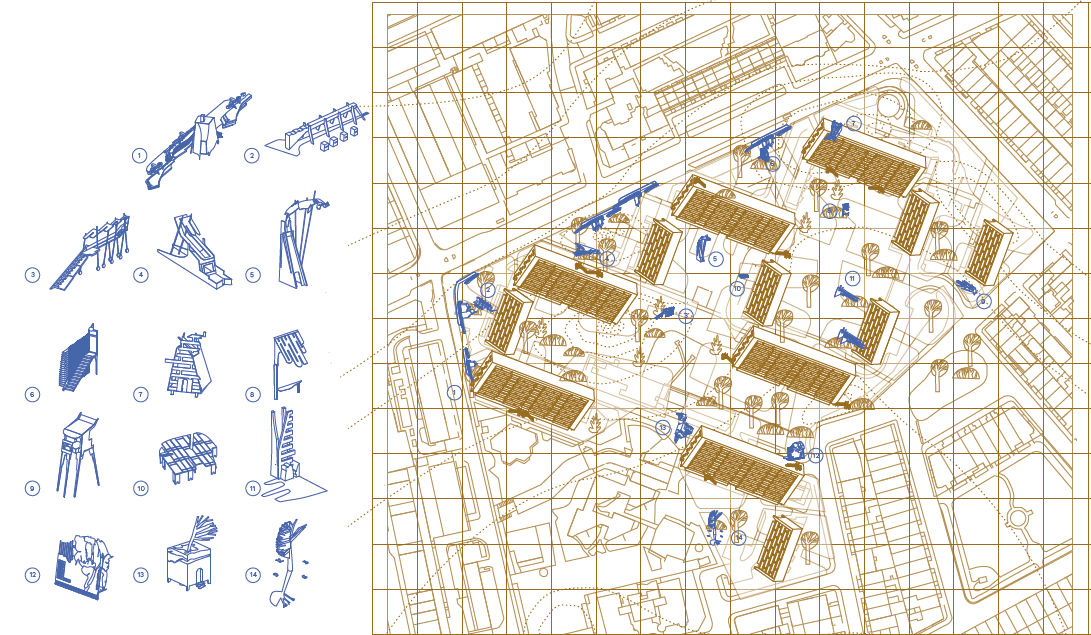
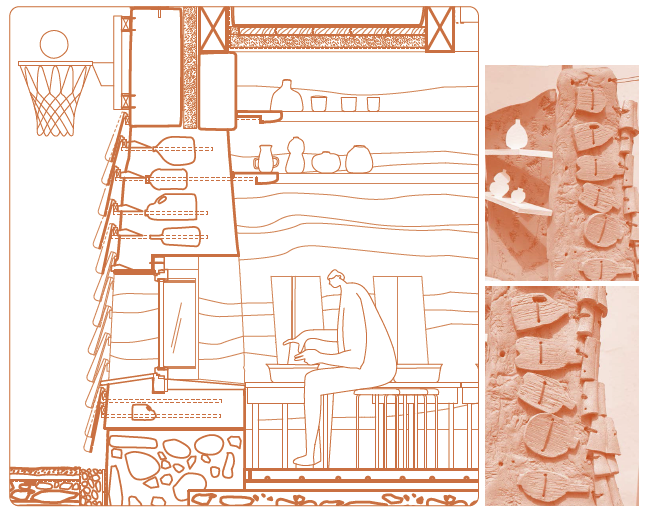
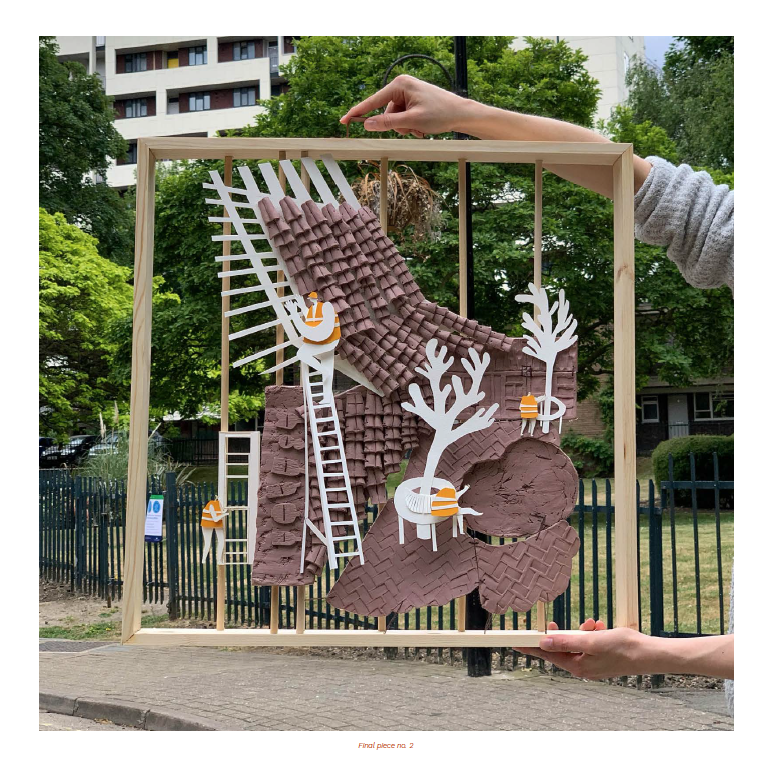
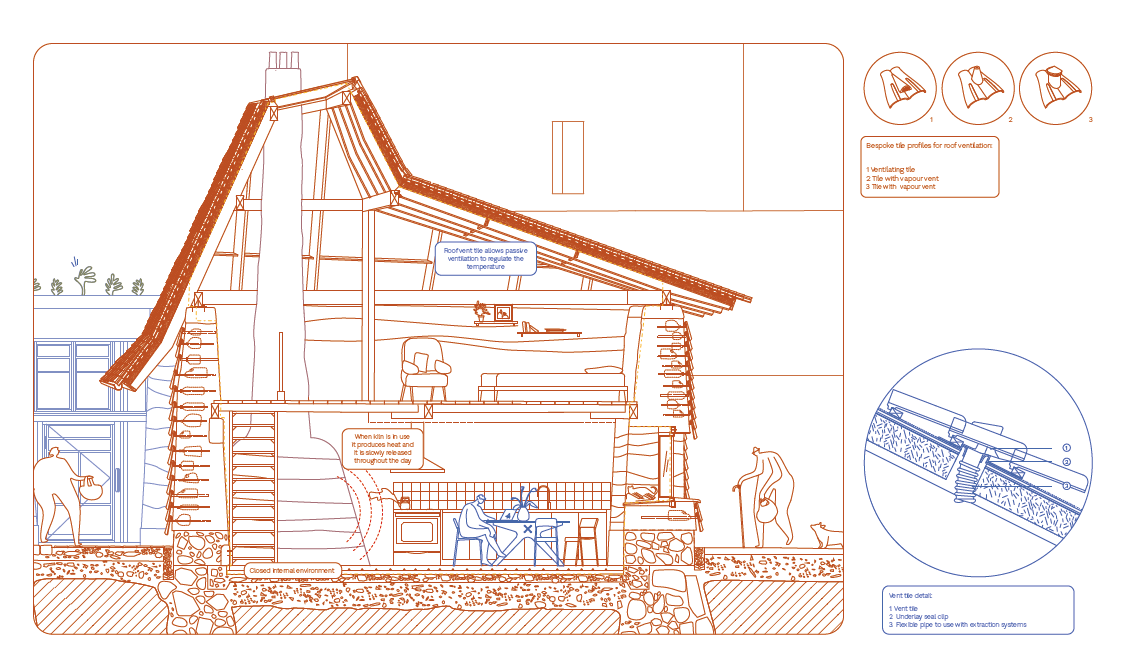

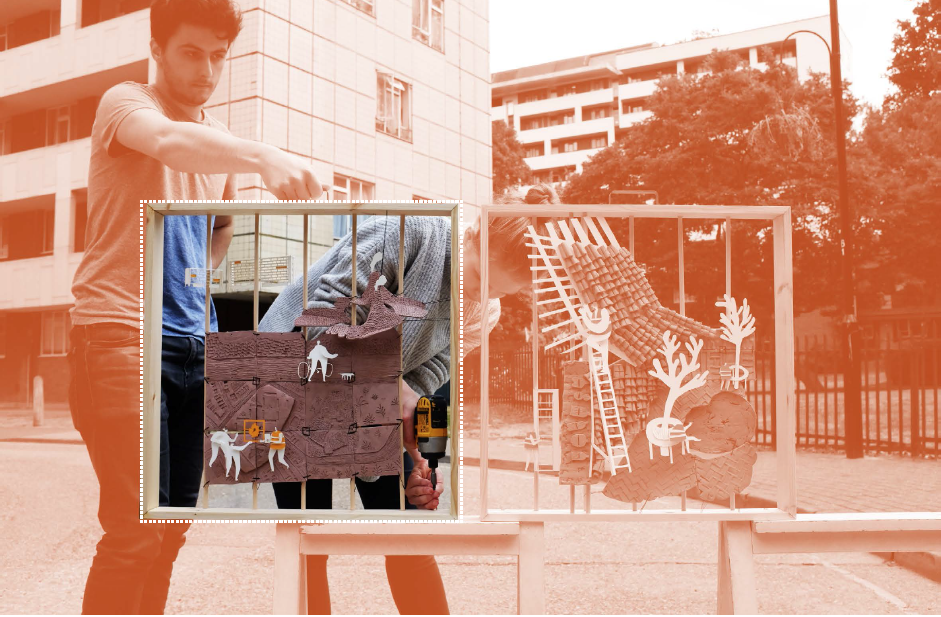
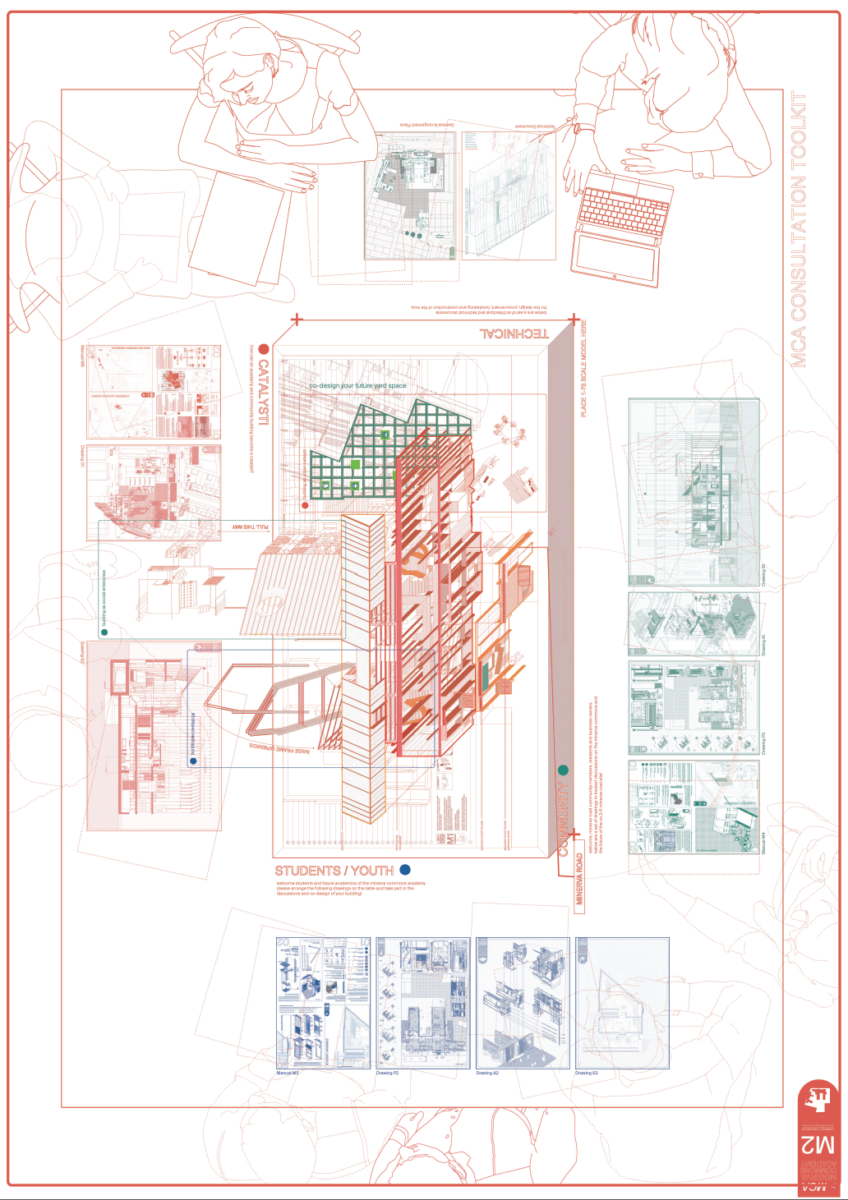
Wesley New Town School, Park Royal, London
A building as a teaching tool.
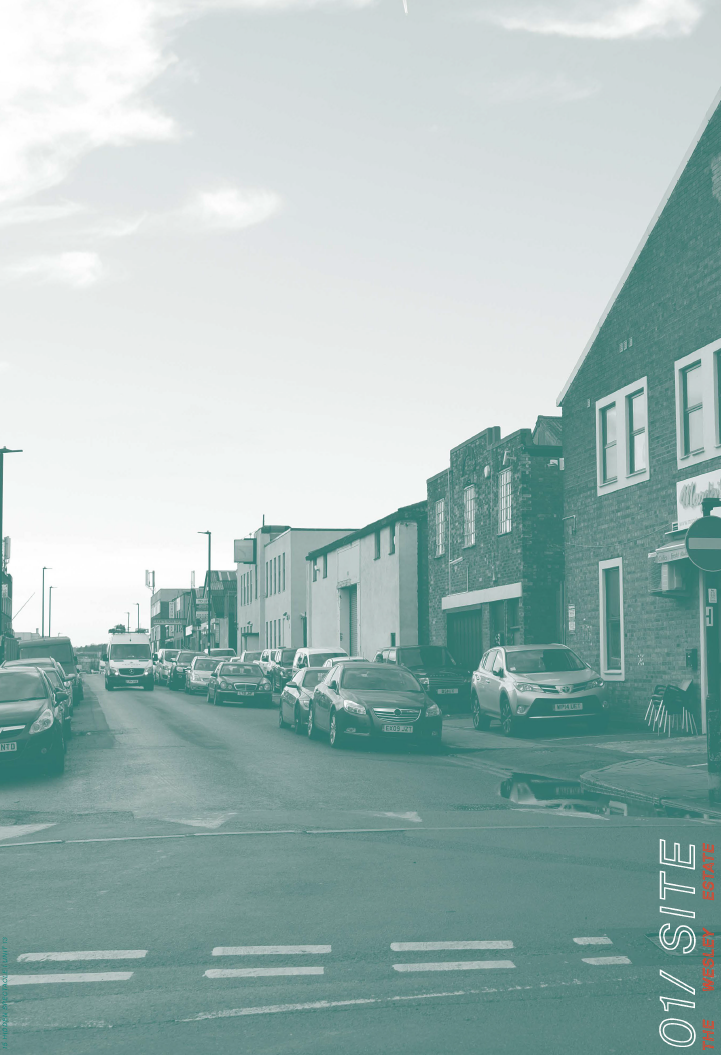
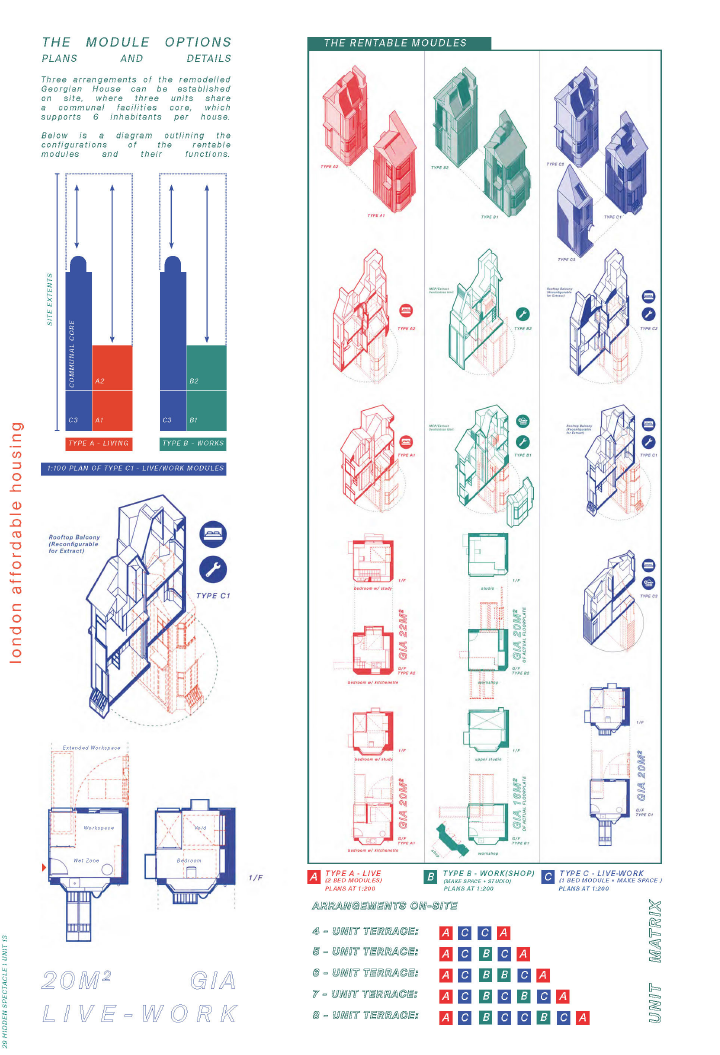
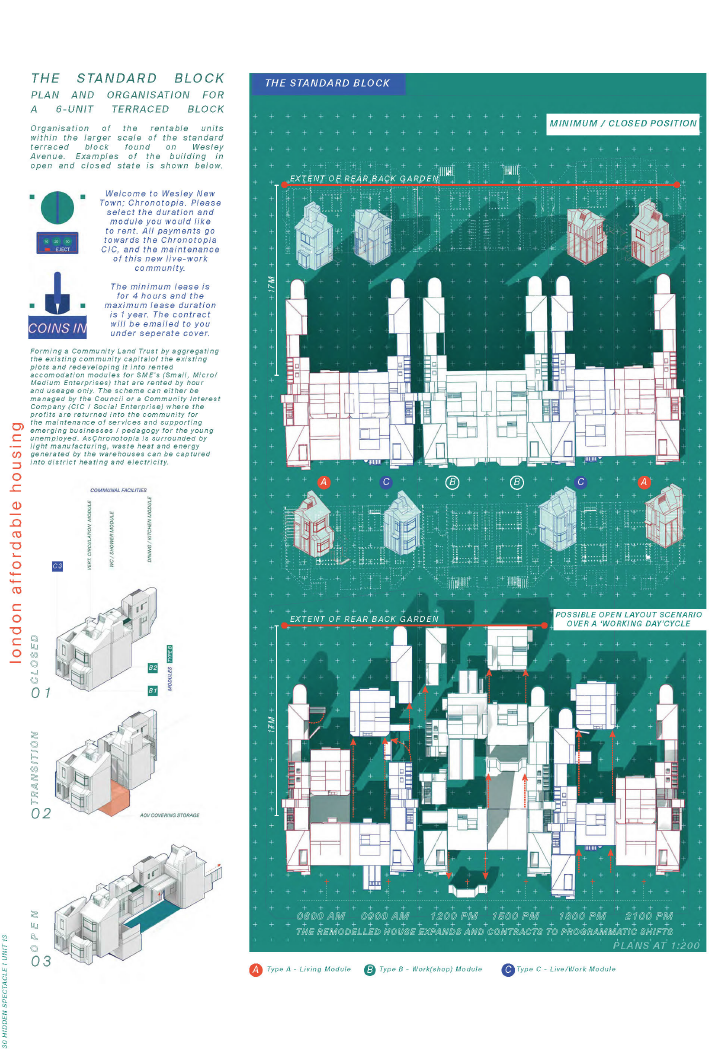
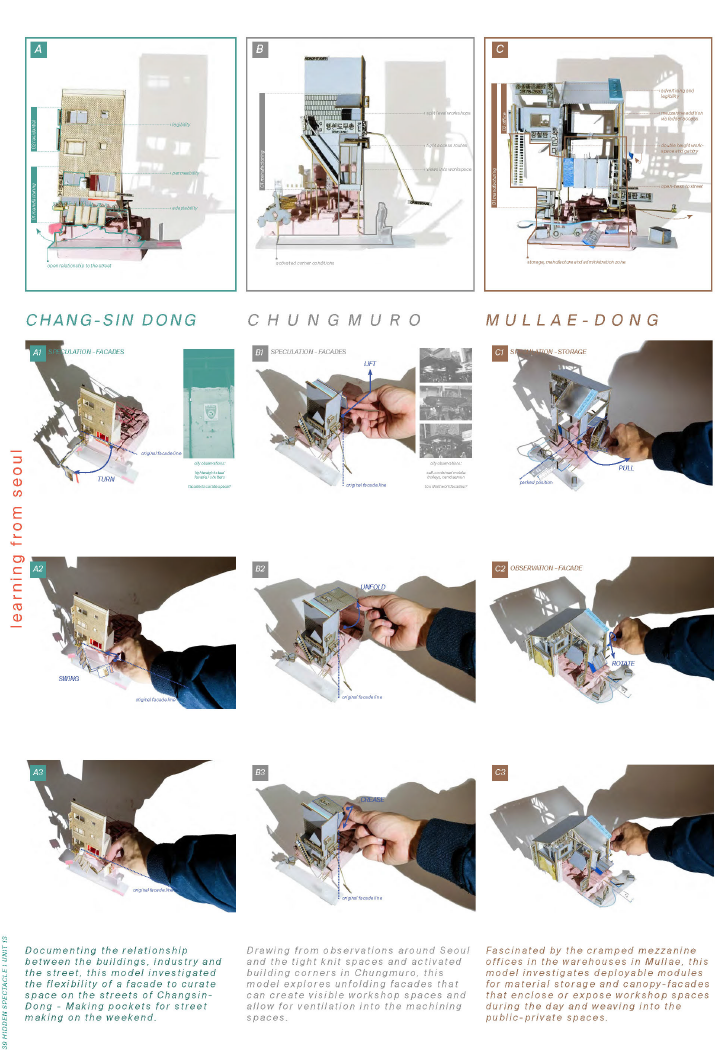
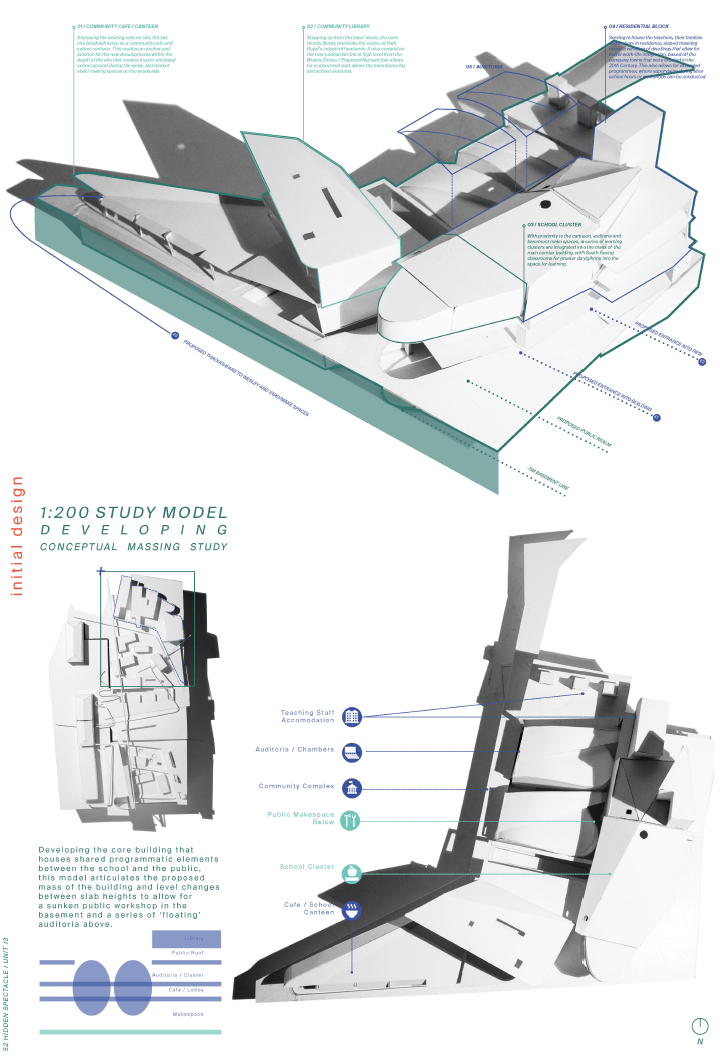
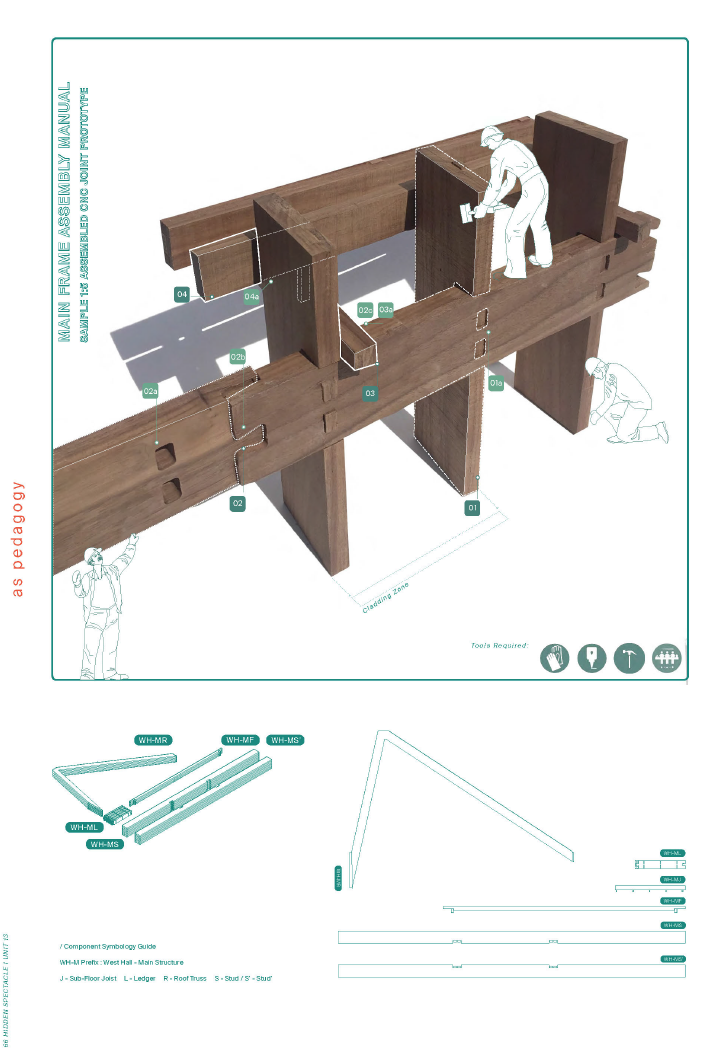
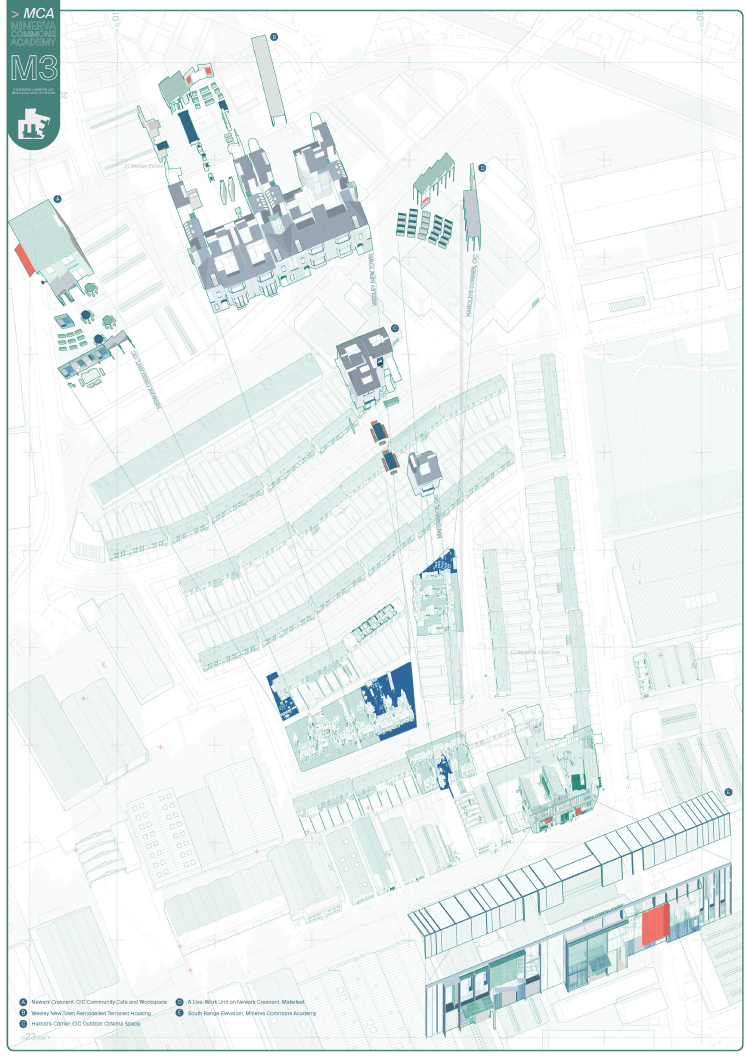
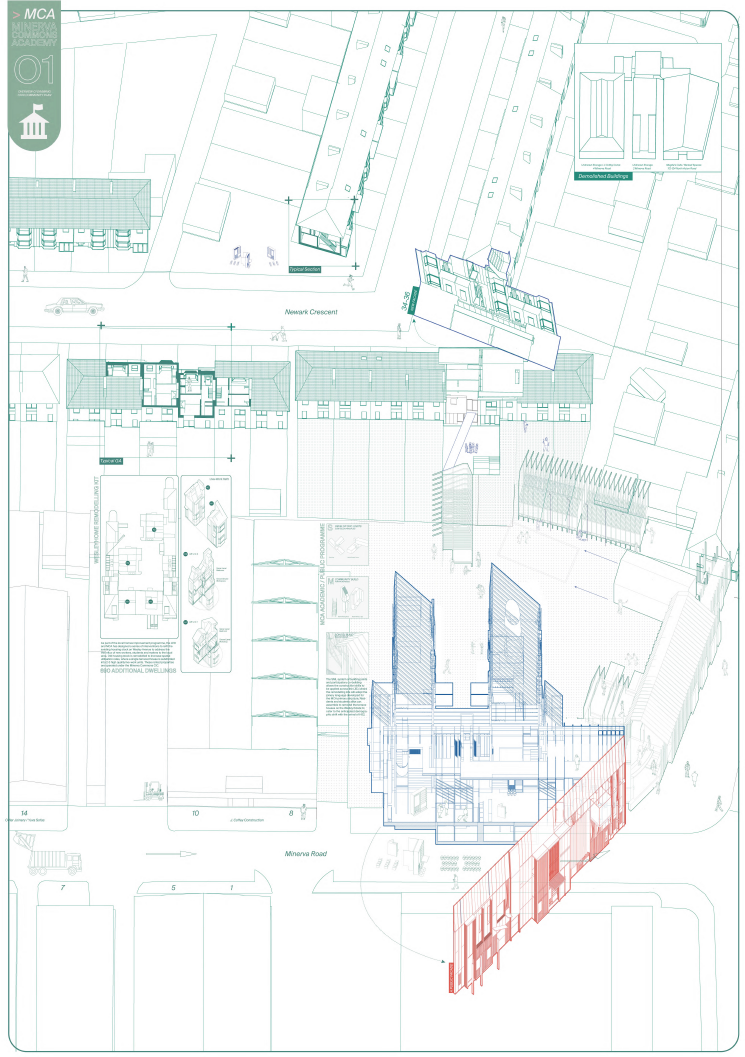
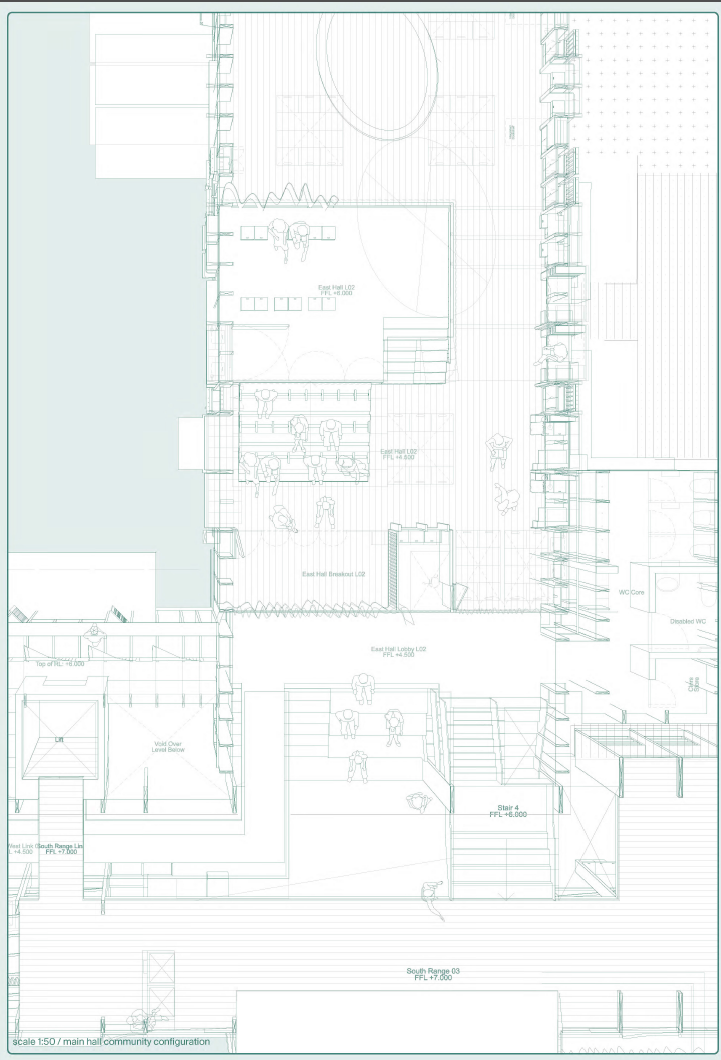
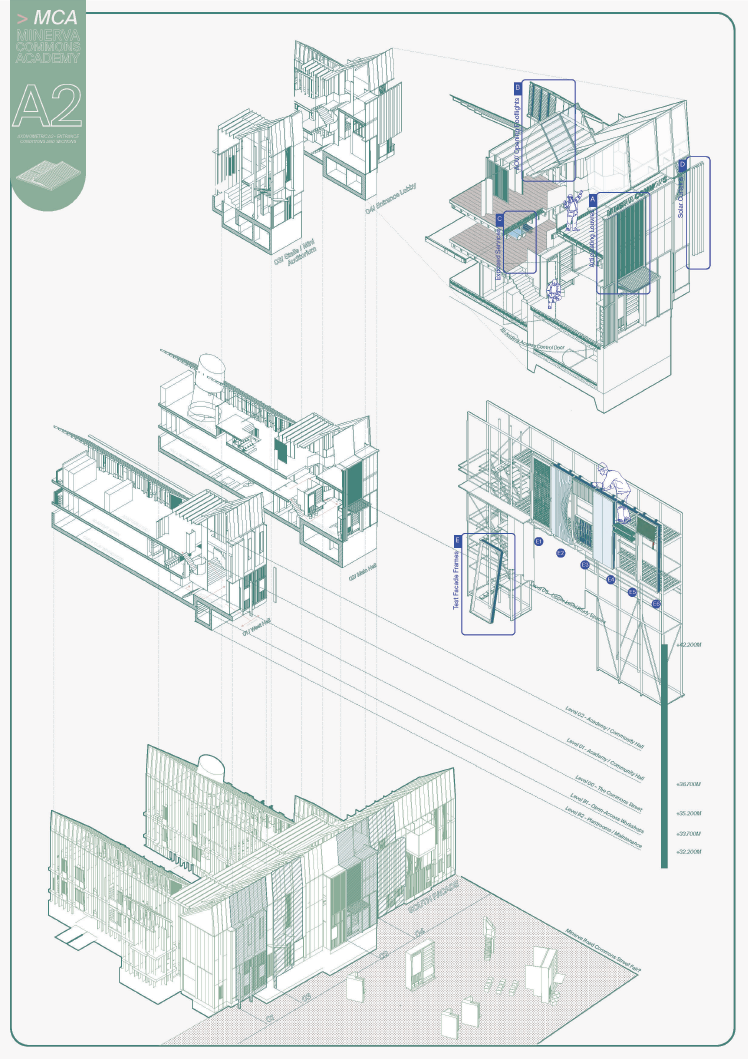
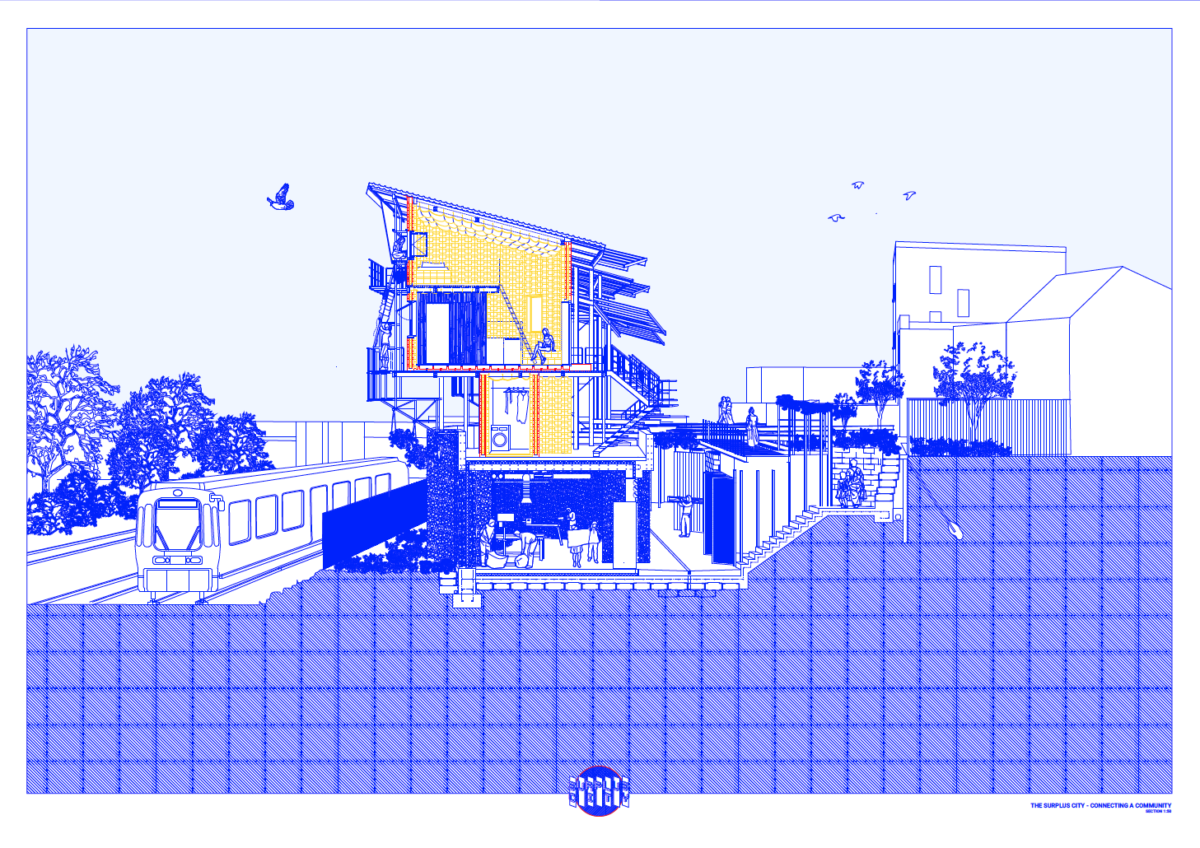
Park Royal Surplus City, London

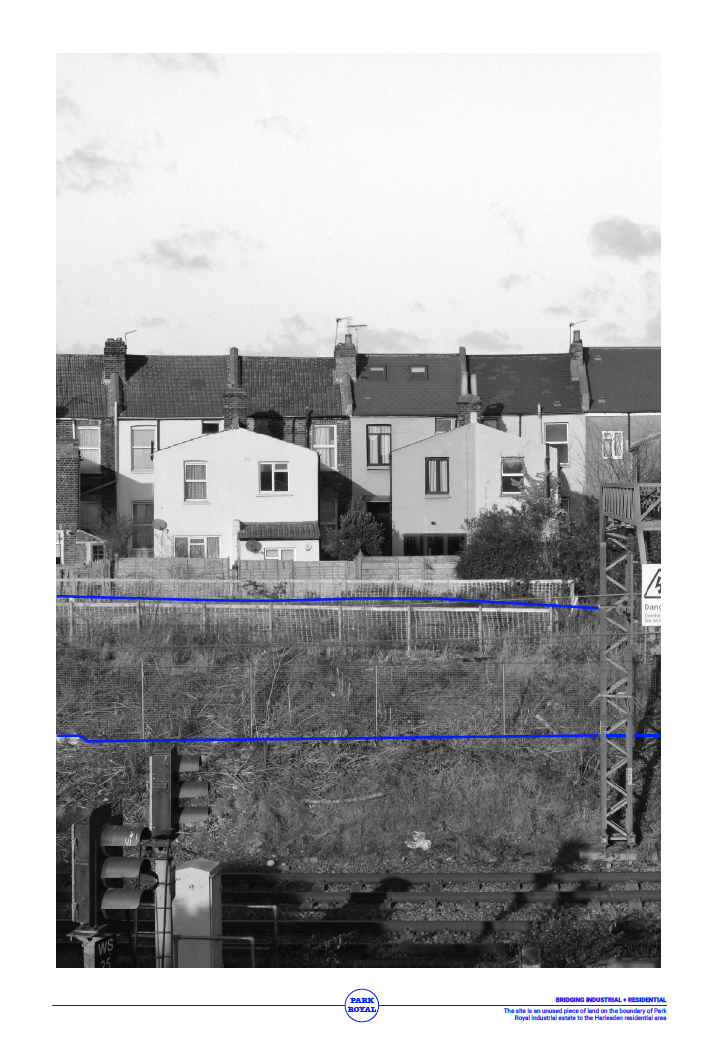
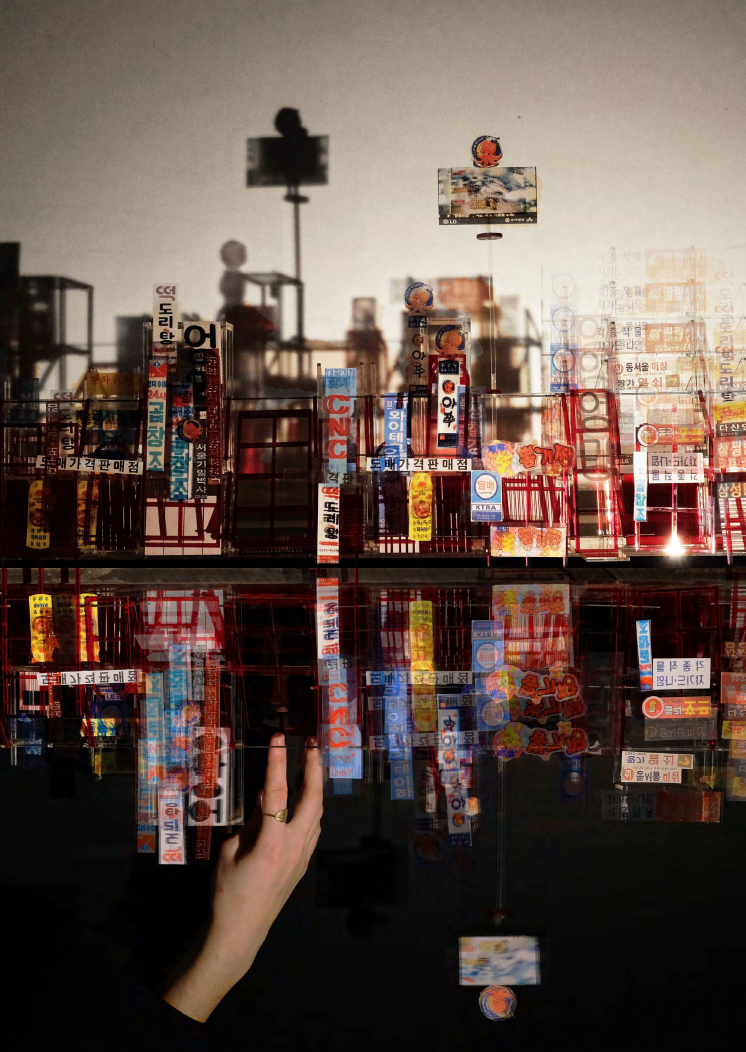
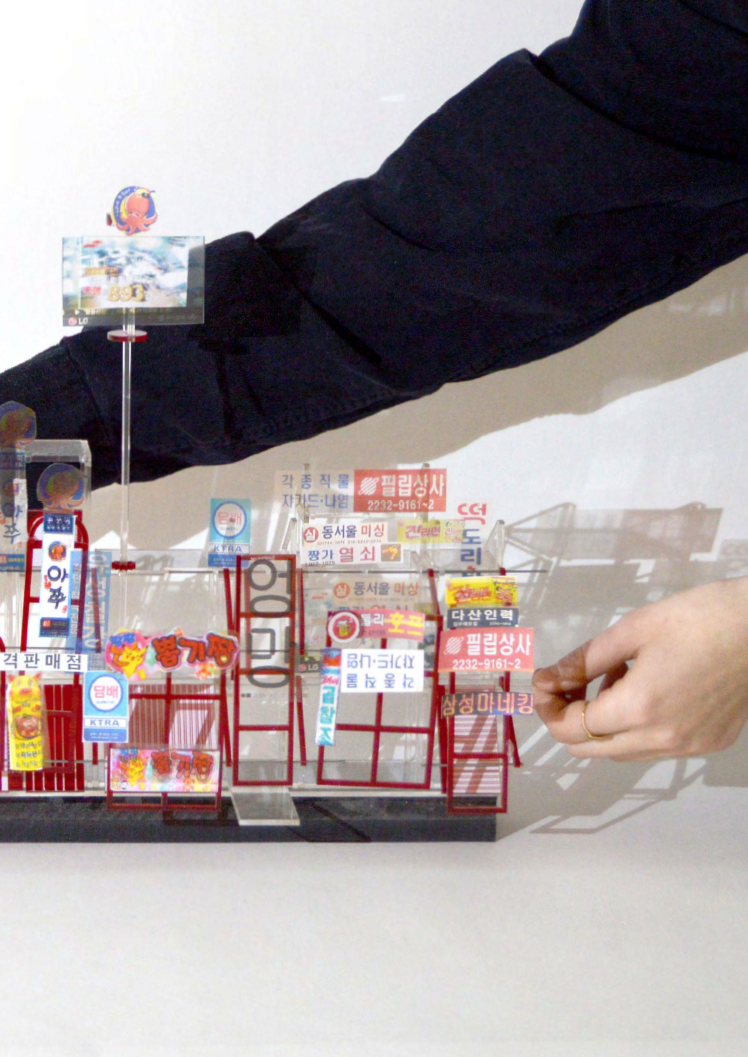
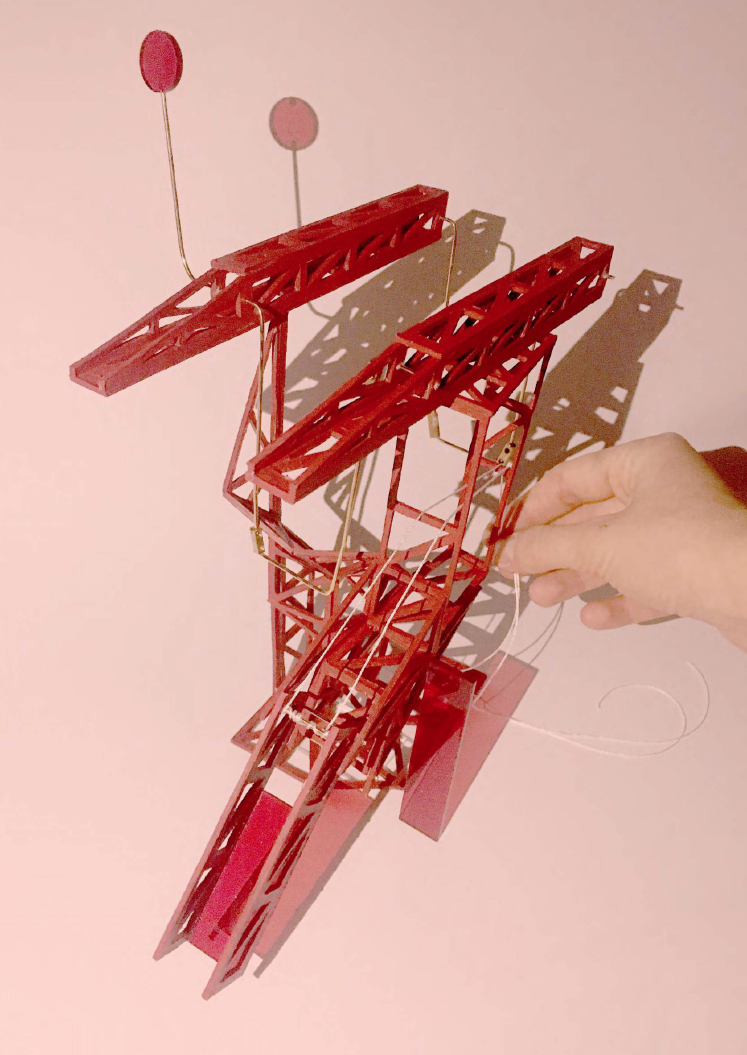
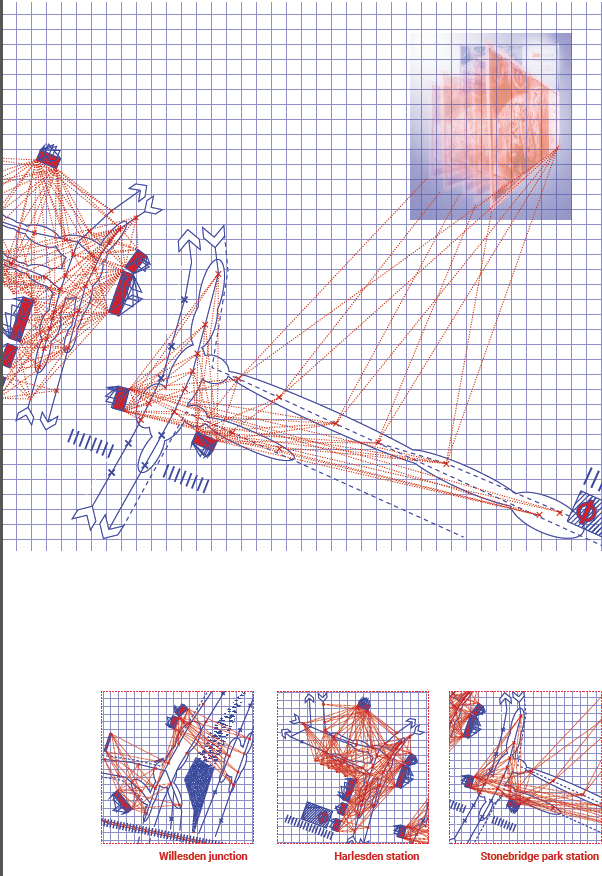
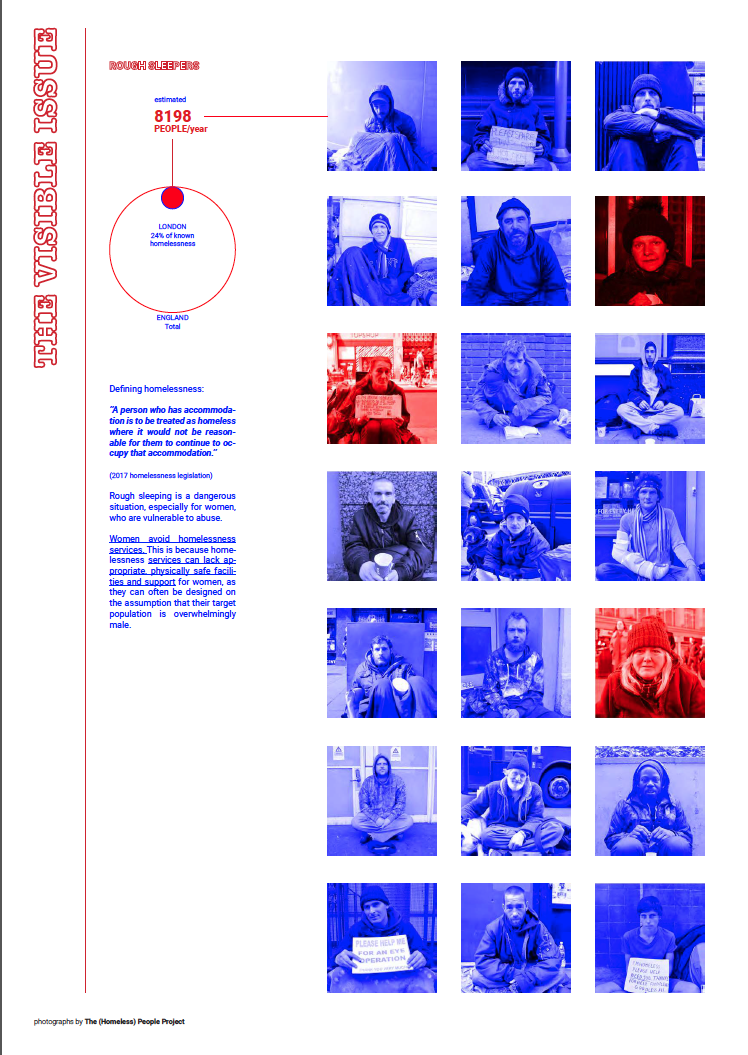
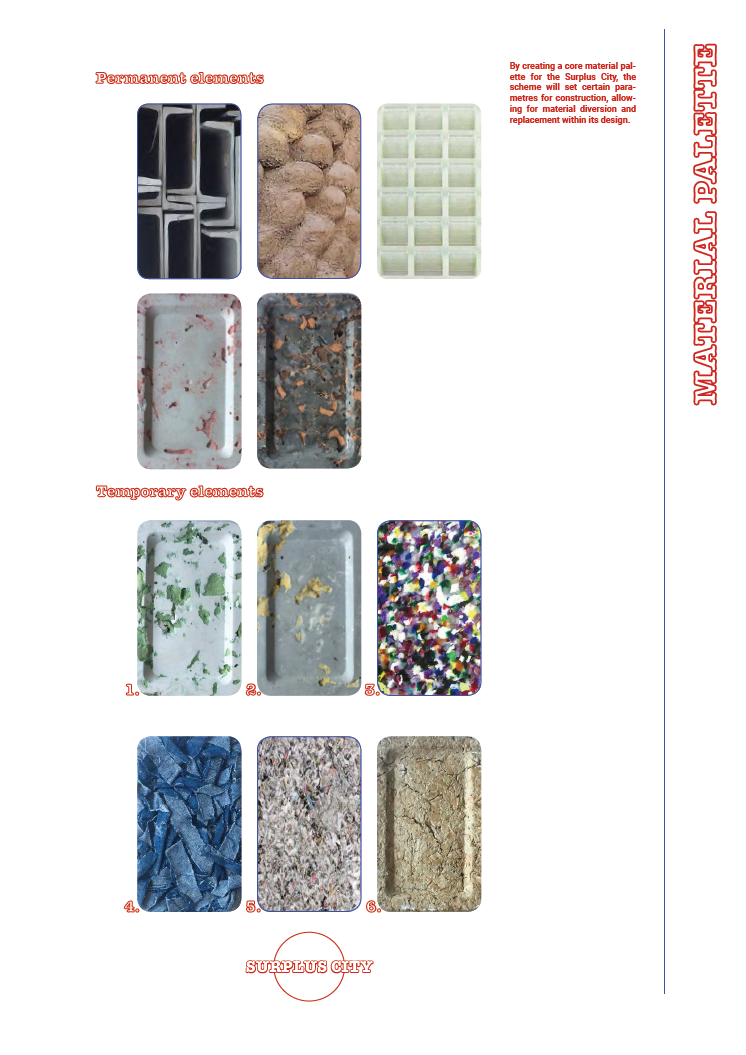
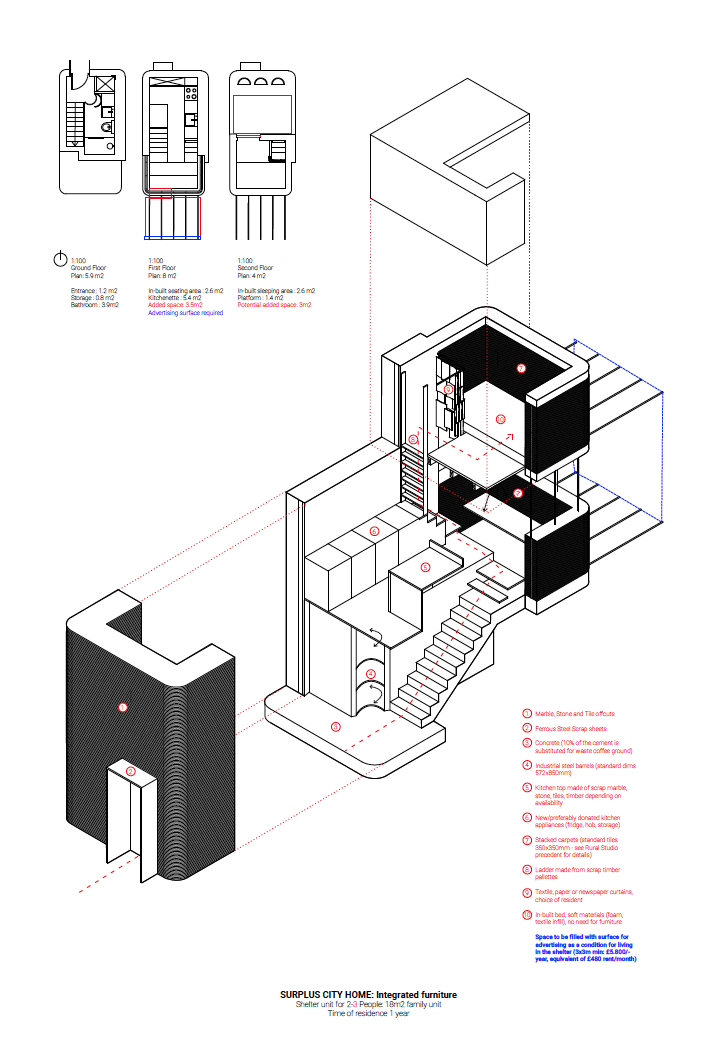
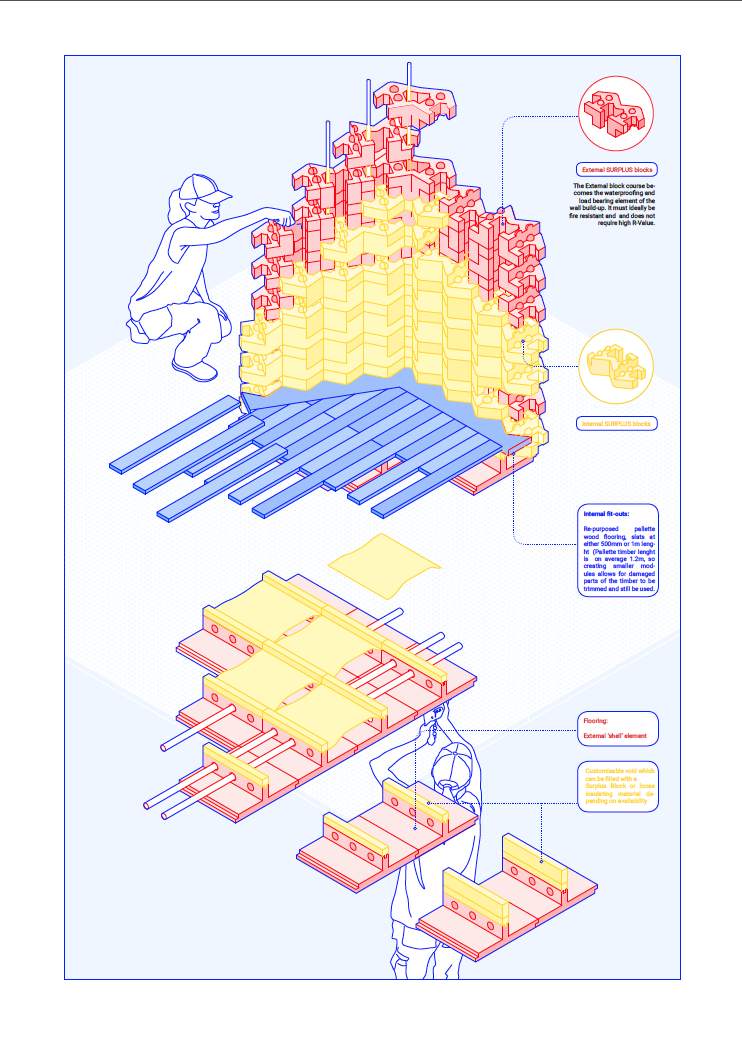
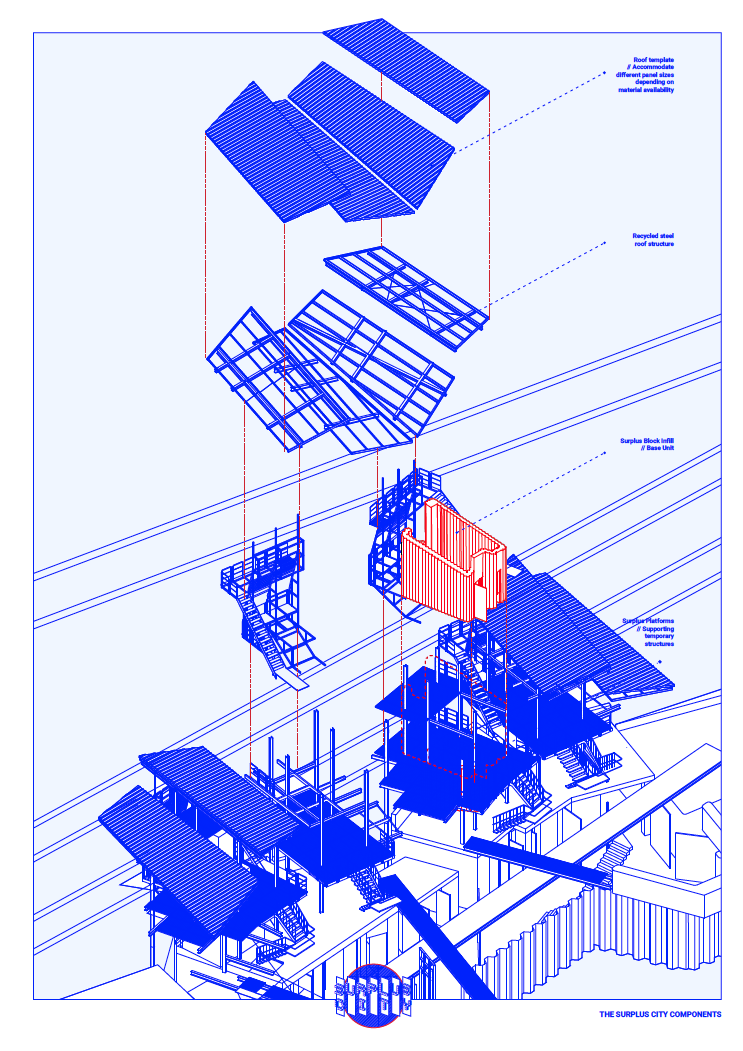
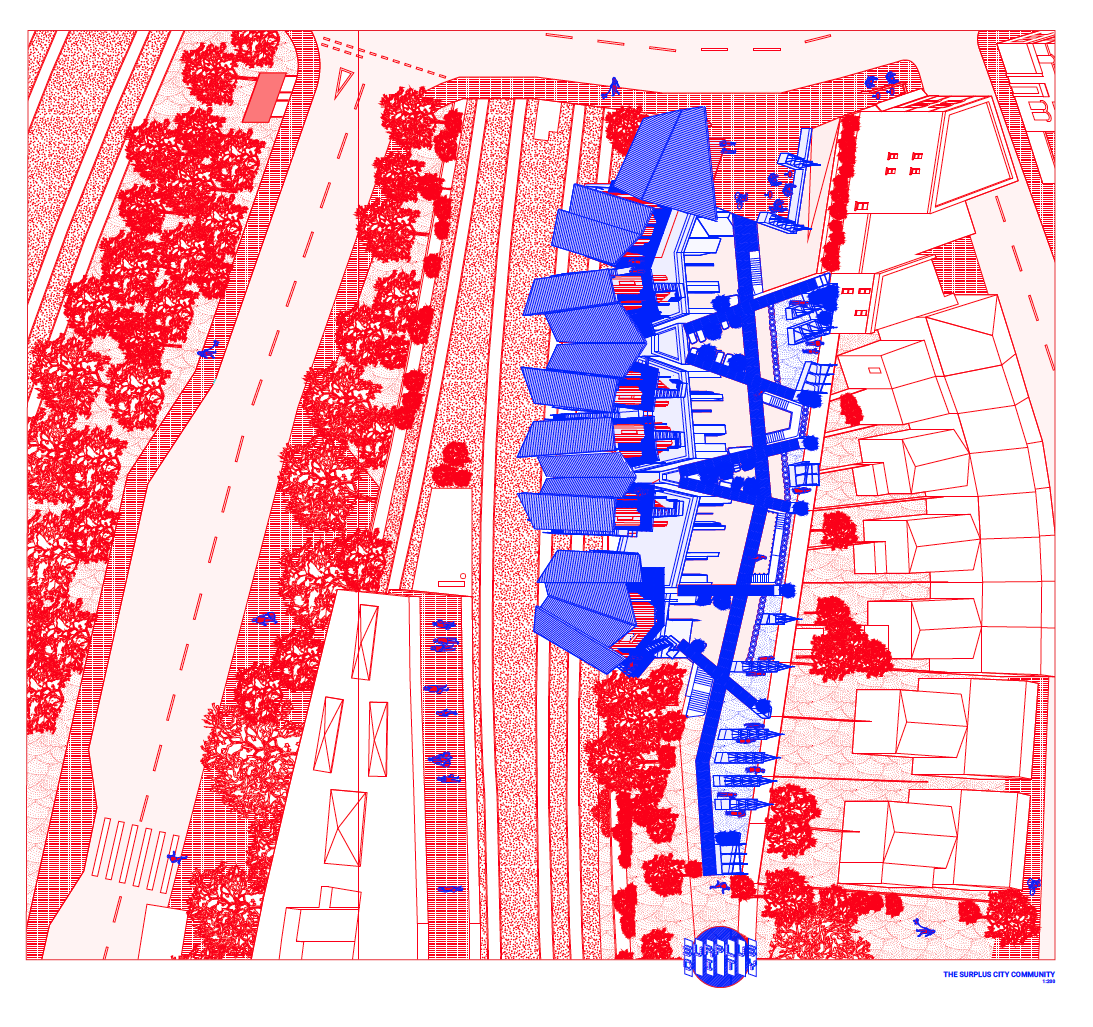
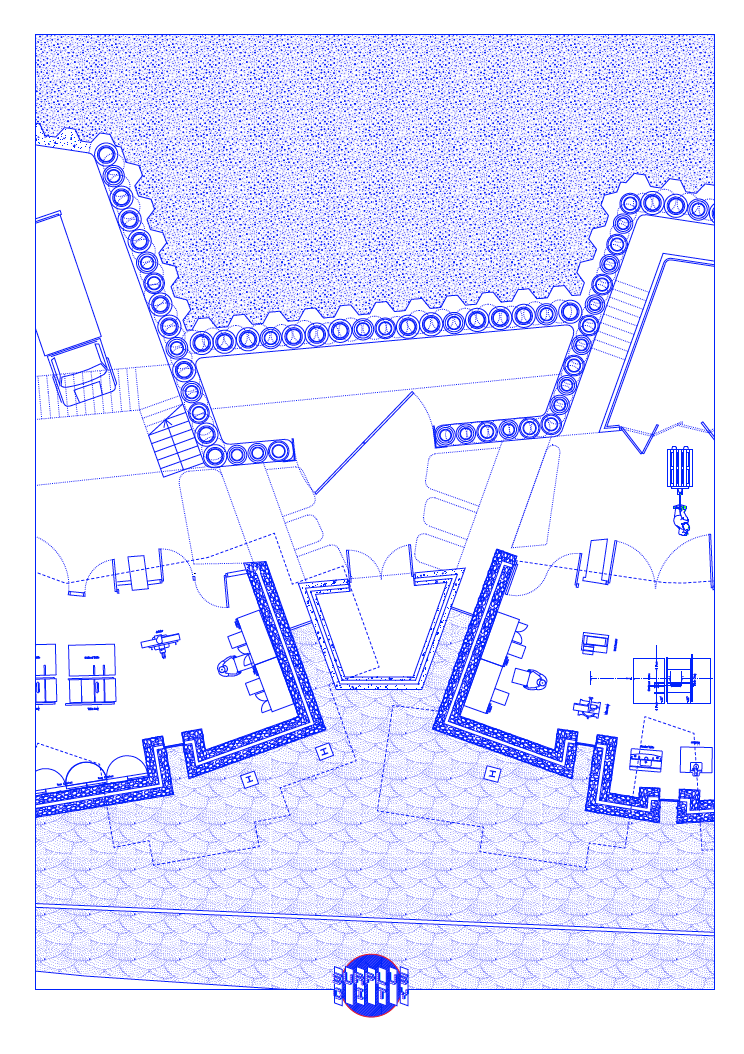
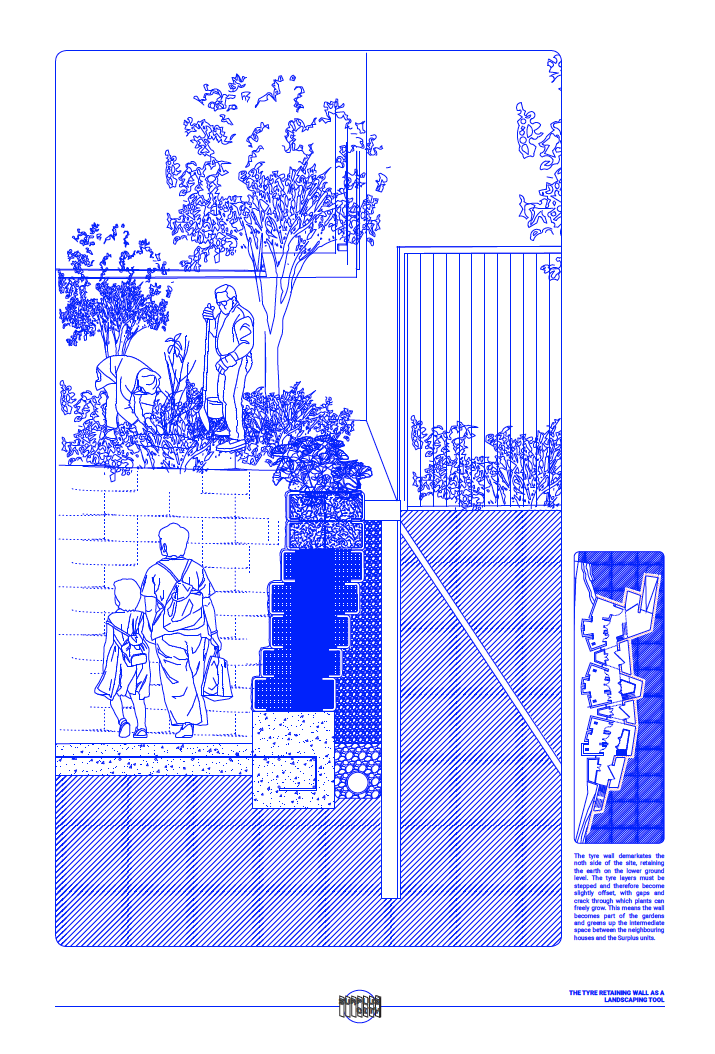
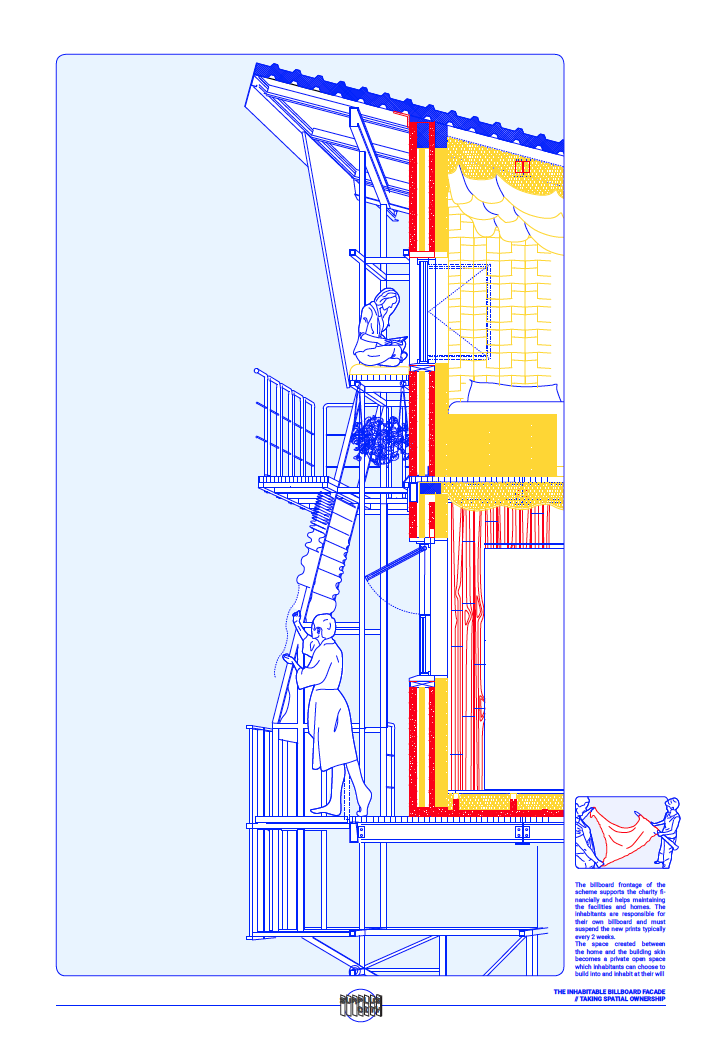
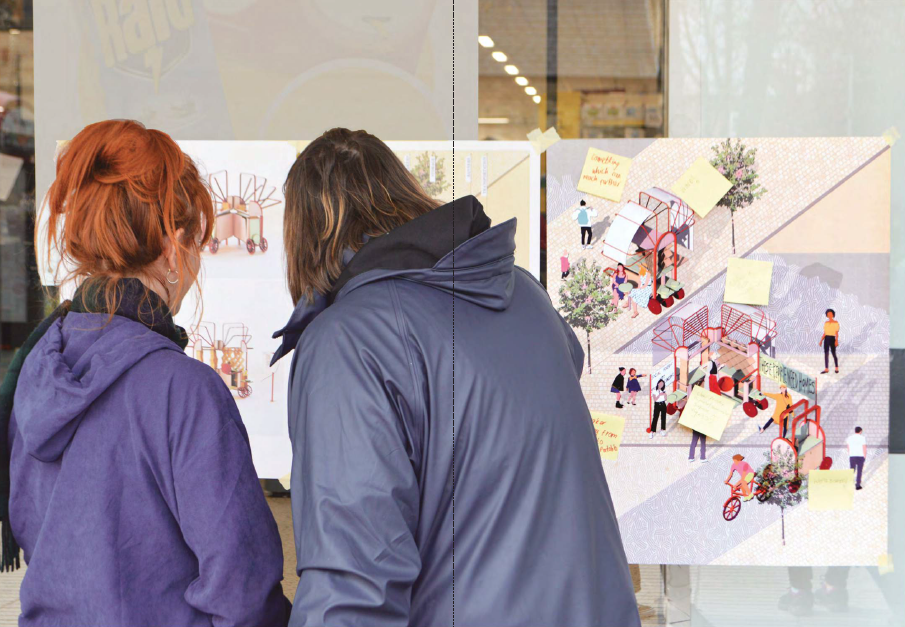
Community Cathalyst Architecture
Negotiating the Future of Architectural Practice FOCUS e15 VICTORY VILLAGE
Community Catalyst is a project which negotiates the future of architec-tural practice through re-working the process into an opportunity for community driven development, catalysing and nurturing inclusive use and rights to the city. By developing a new participatory method as a manual of engagement, through direct involvement and collective action with local communities, the potential for such collaboration to transform and re-appropriate contemporary living opportunities is translated by developing an architectural campaign.
Through activating and enabling communities the ability to construct their own collective architecture, the process of empowering a com-munity through engagement is explored through the development of an architectural catalyst. Through such inquiry it is suggested that by constructing the catalyst with the community, the architect may enable the community’s construction of further architectures, thus suggesting the potential for catalysing collective urban villages.
The inquiry realises the importance of creating sustained relationships with communities as key to catalysing such architecture. Through building trust and common goals with campaign community Focus e15, through expanded practice, a commonality for enabling co-authorships of architecture, particularly housing, is developed, and, with this, Focus e15 Victory Village becomes anticipated.
Through promoting, provoking and participating in grassroots activism, the project aims to catalyse and enable Focus e15 campaign to collectively construct their own urban village in Stratford. Through engaging new methods of participatory practice, such as through architect as activist, listener, engager and enabler, such roles for expanding architectural practice are deemed essential for constructing catalyst architecture.
Through such practice, users and people directly affected by designs are included as stakeholders and provided the knowledge and ability to understand and have impact on their projects. Such process suggests the importance of passive and active involvement by the architect to gather a true understanding of needs and interests of a community.
With this, the project promotes a series of stages designed as architec-tural fragments which eventually collectively combine and culminate in creating Focus e15 Victory Village. A village of fragments constructed from self-build systems for single mothers. Designed easy to assemble and arrange, the architecture enables the mothers to create their own collective homes specific to the needs of their families, empowering and liberating the community through architecture.
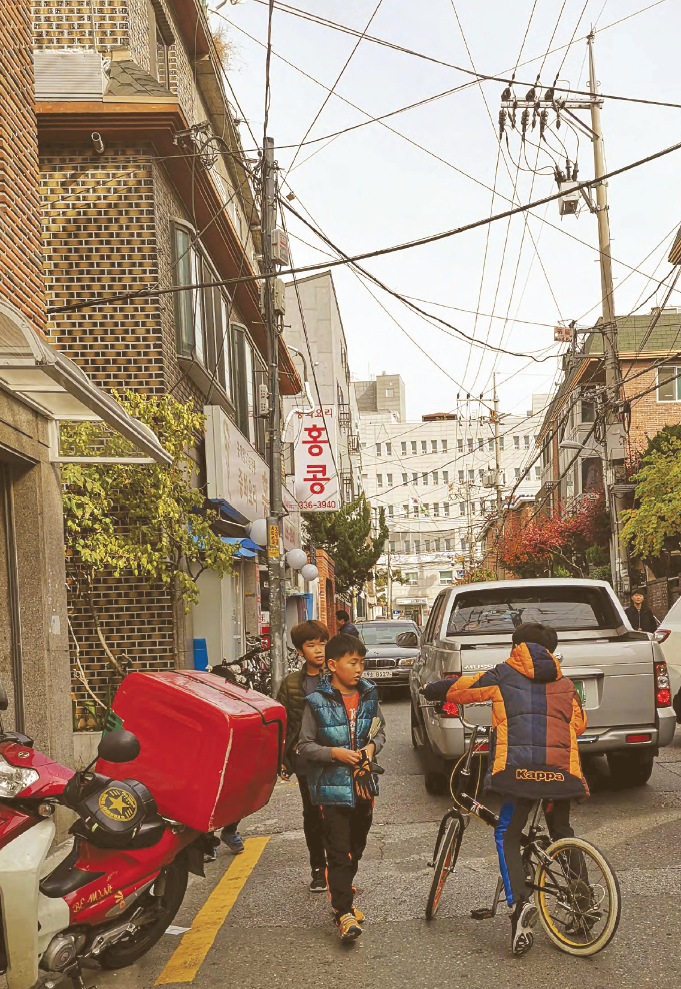
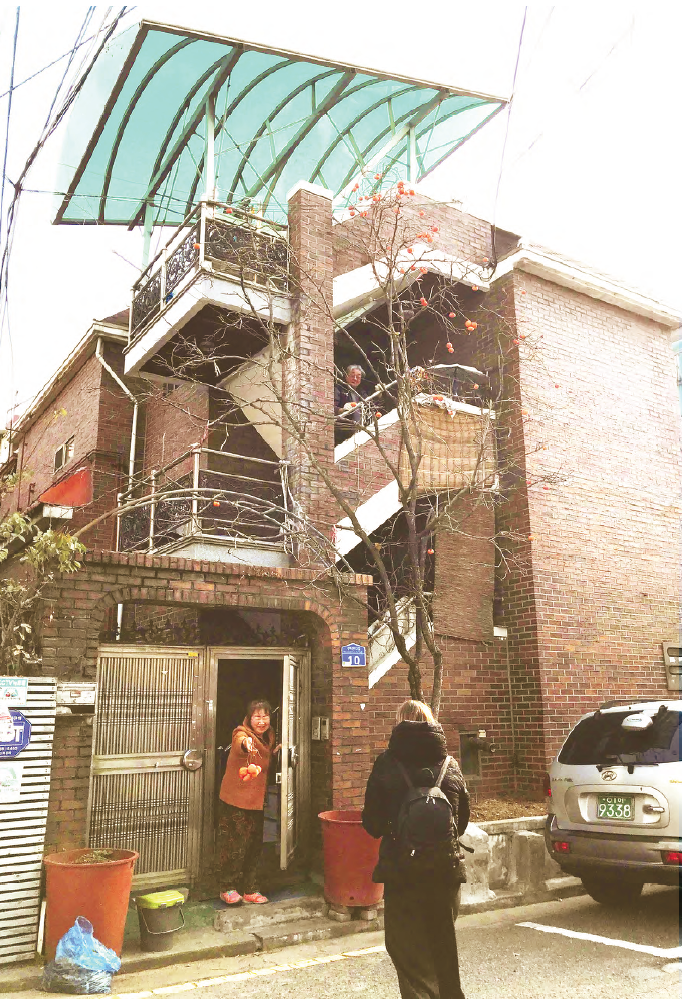
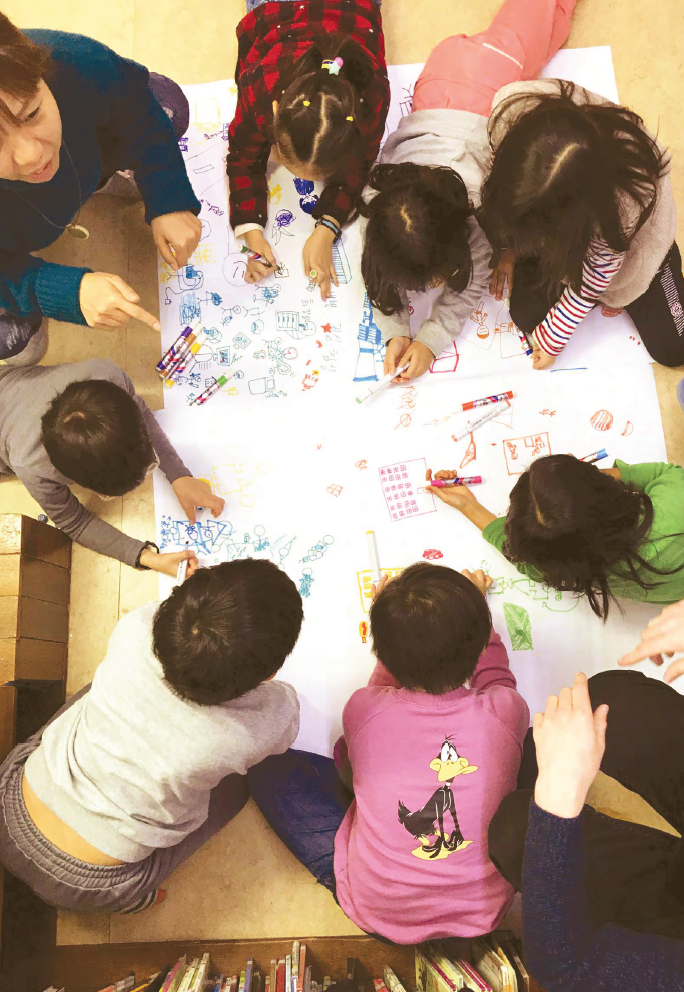
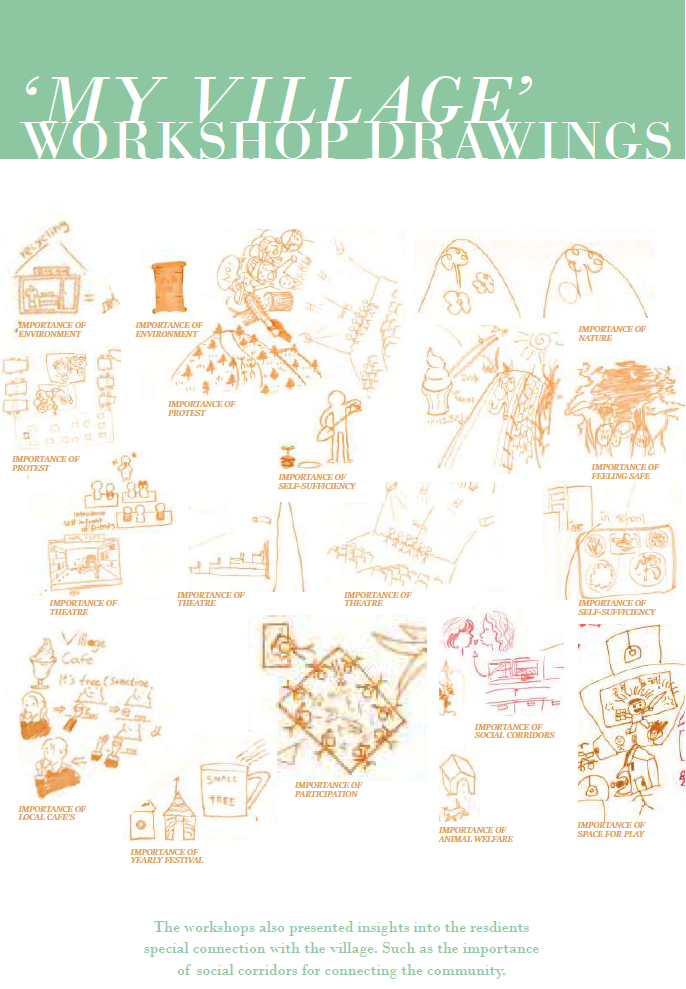
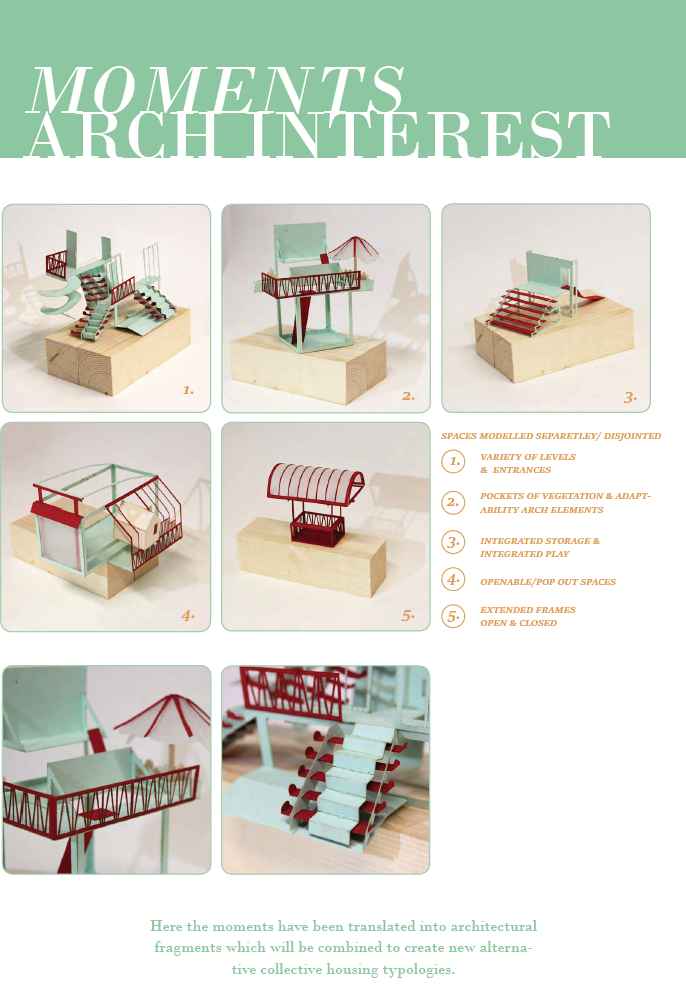
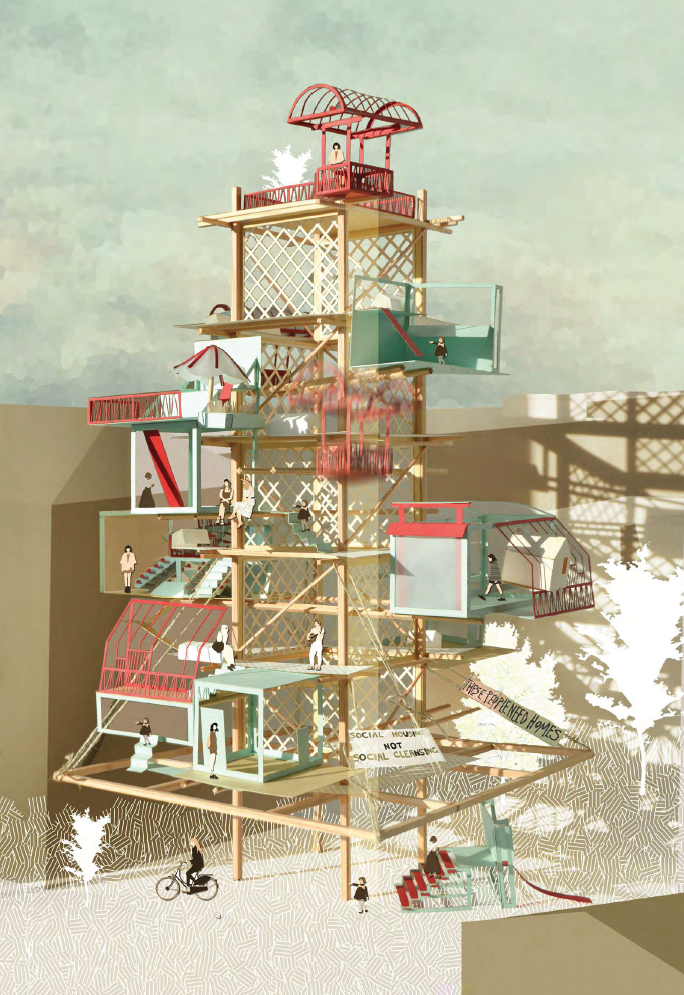
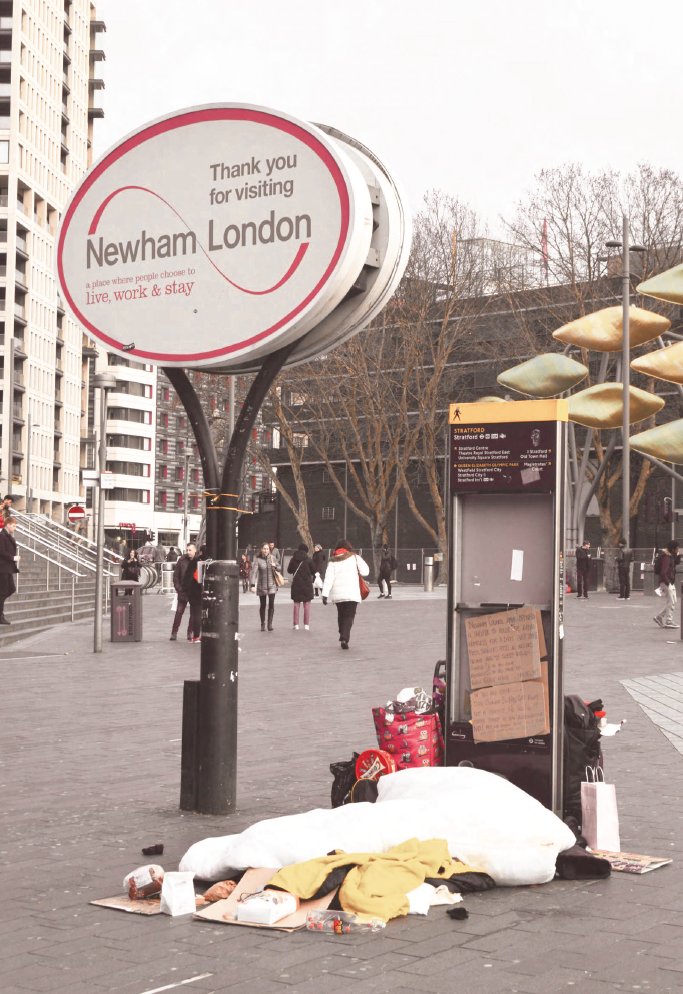
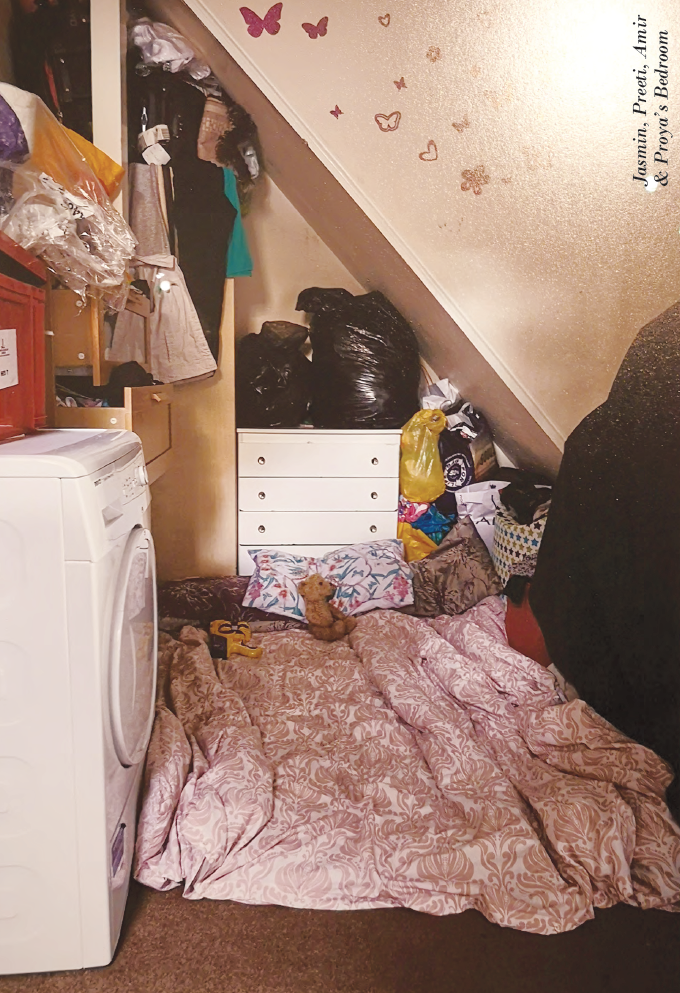
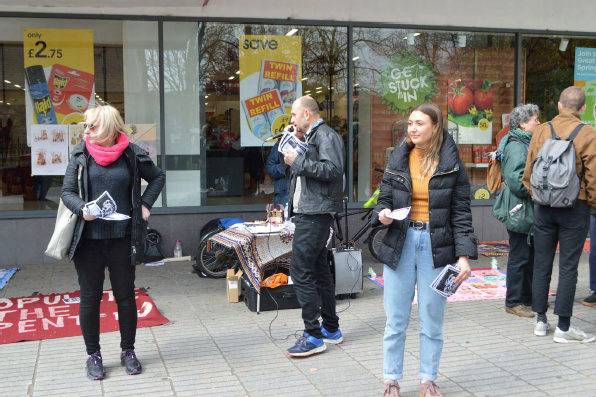
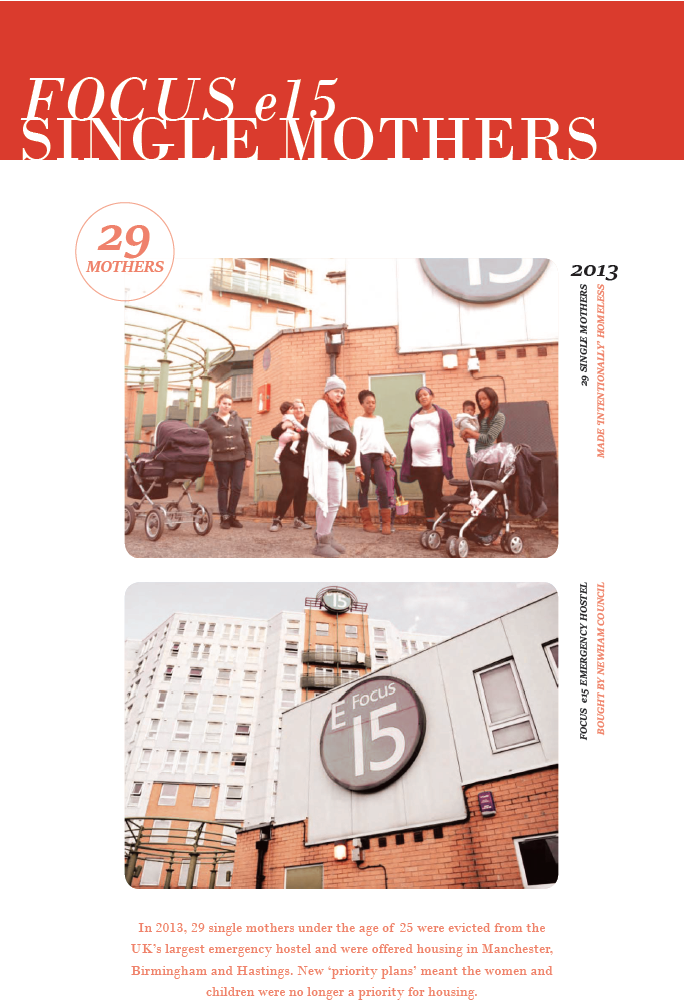
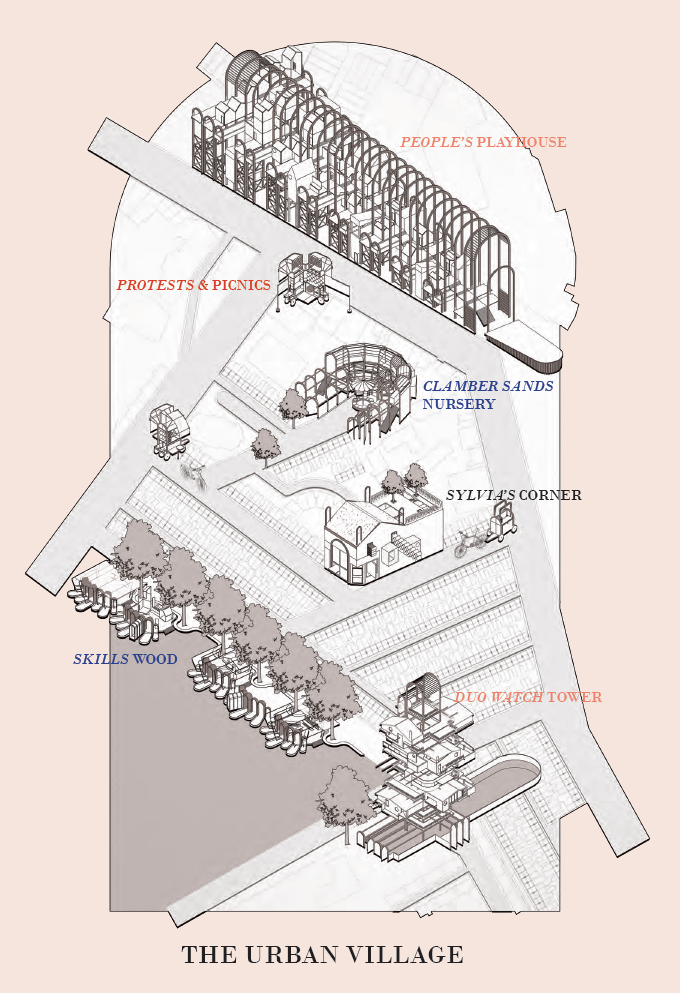
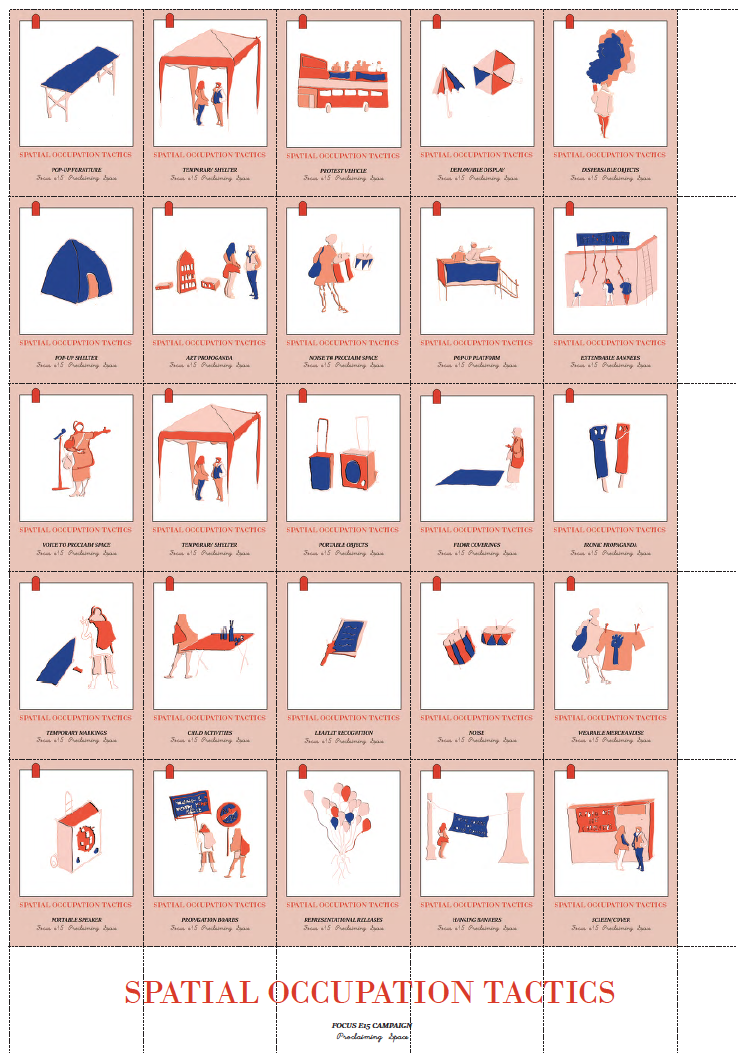
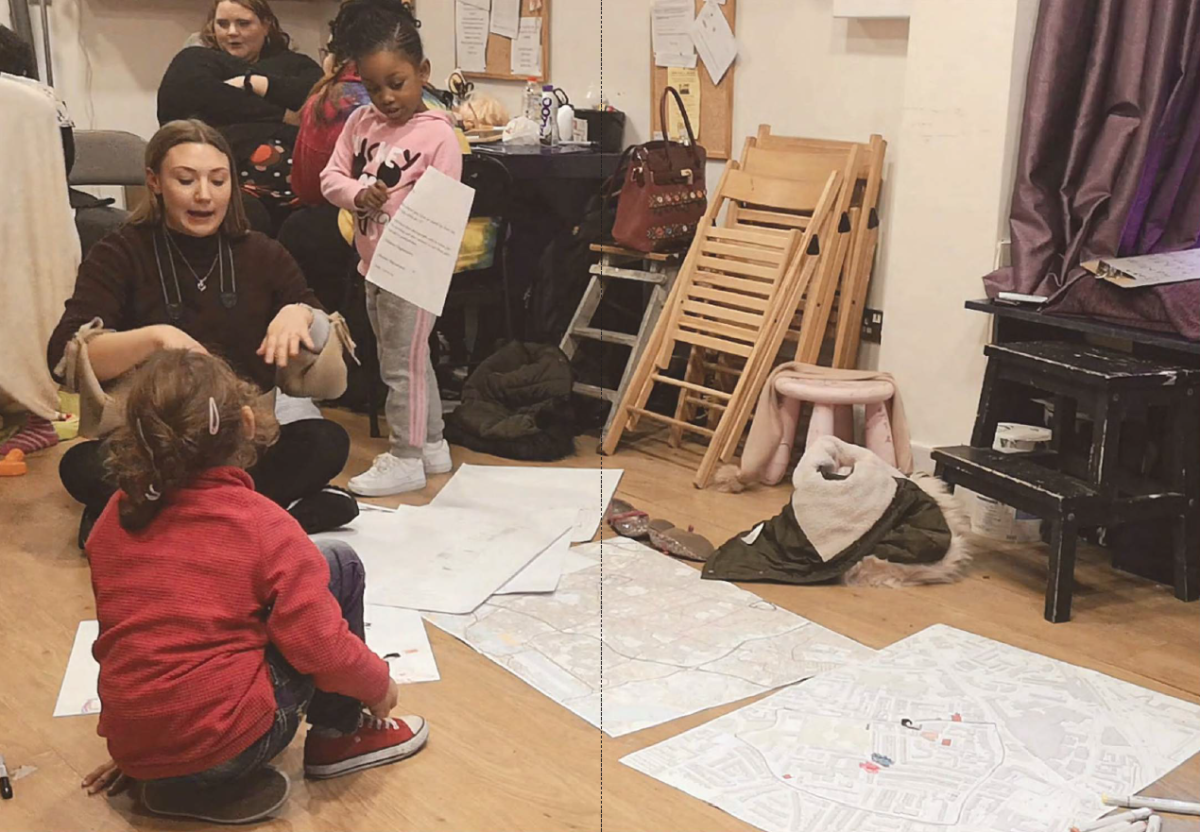
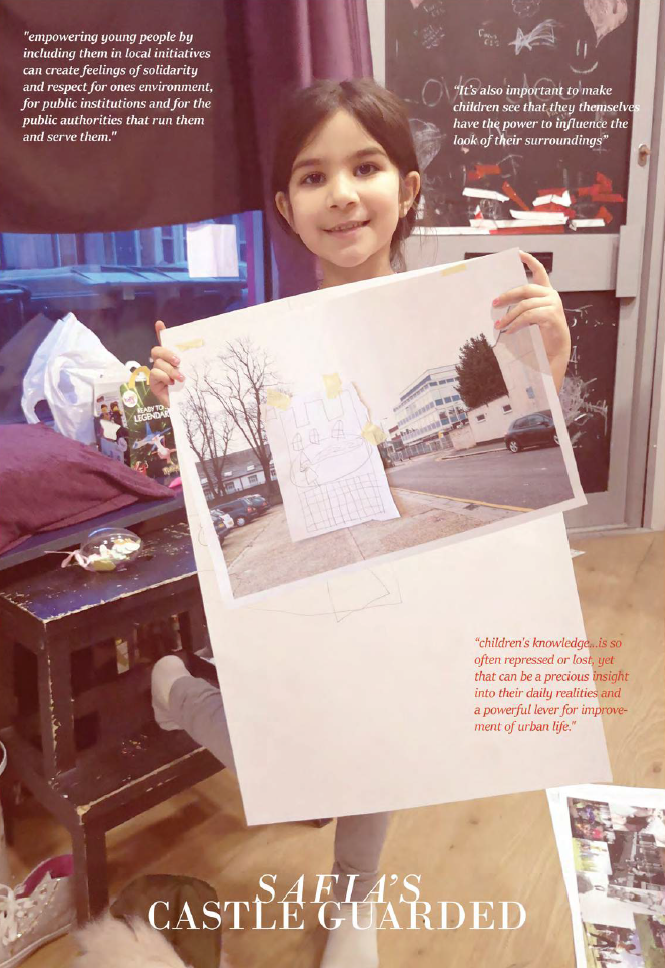
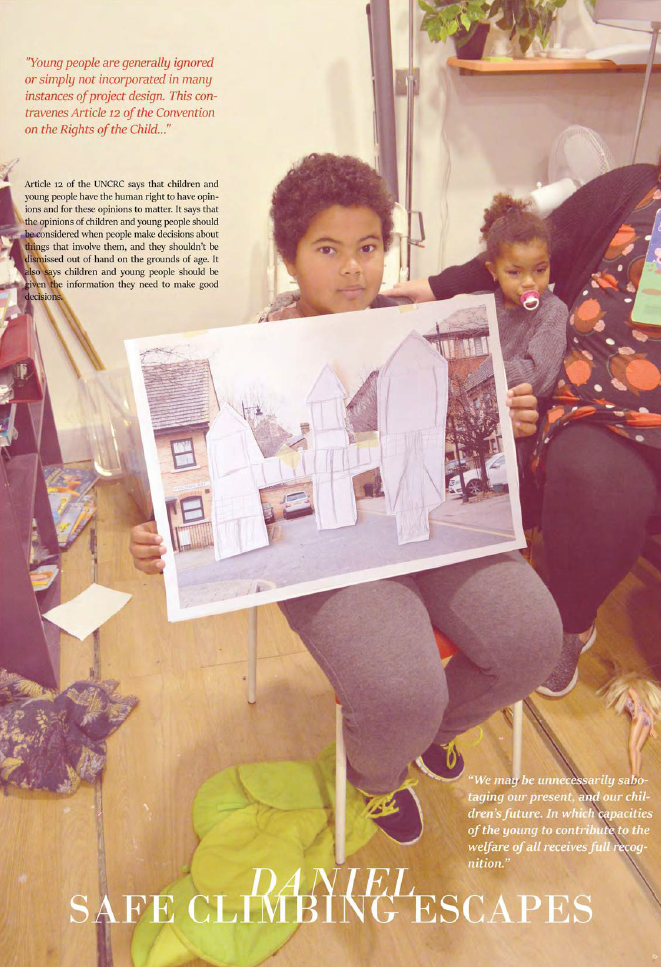
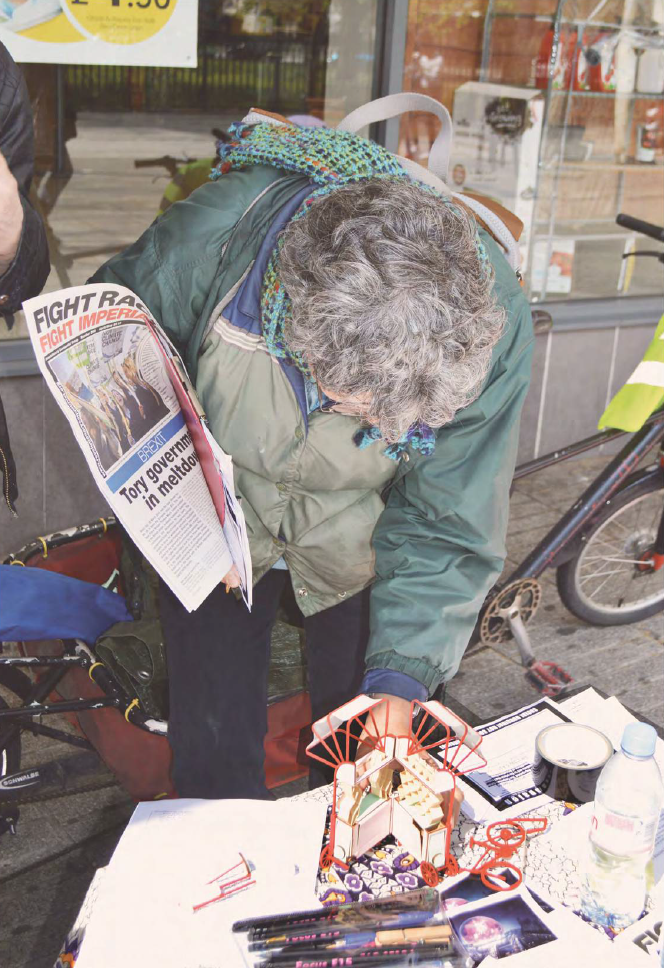
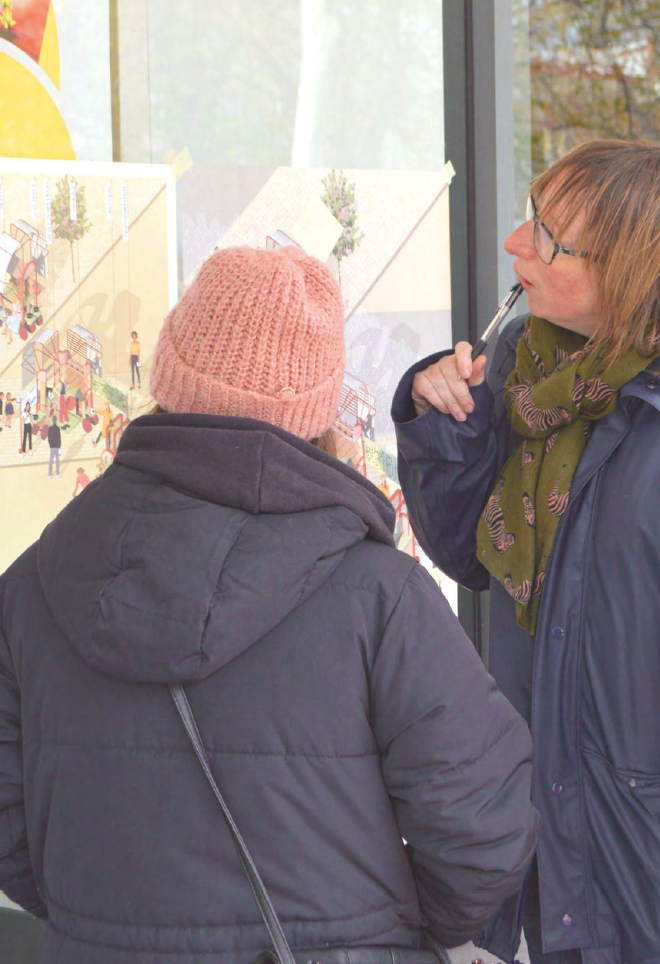
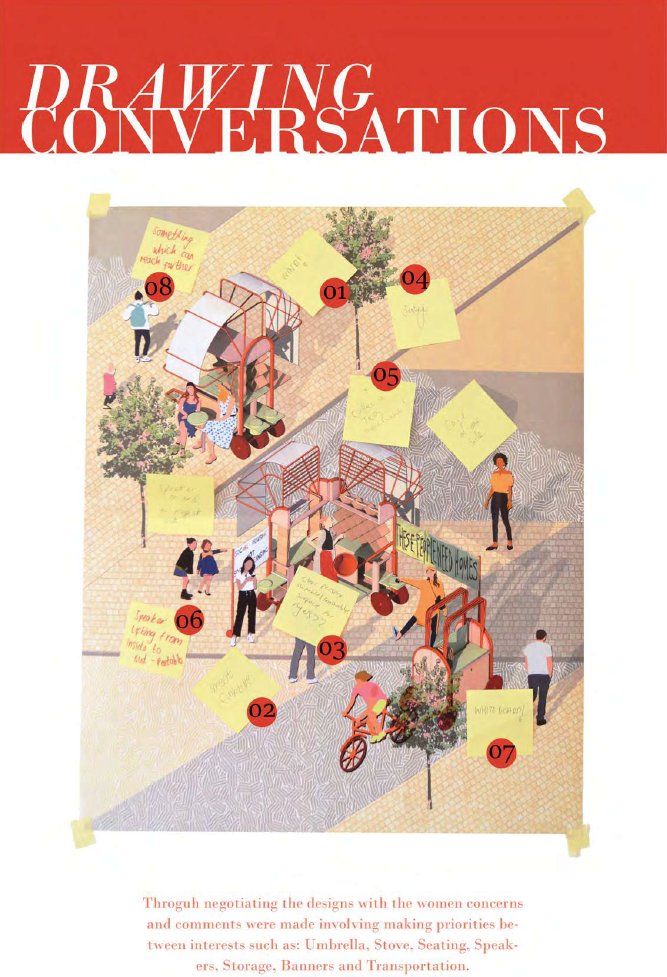
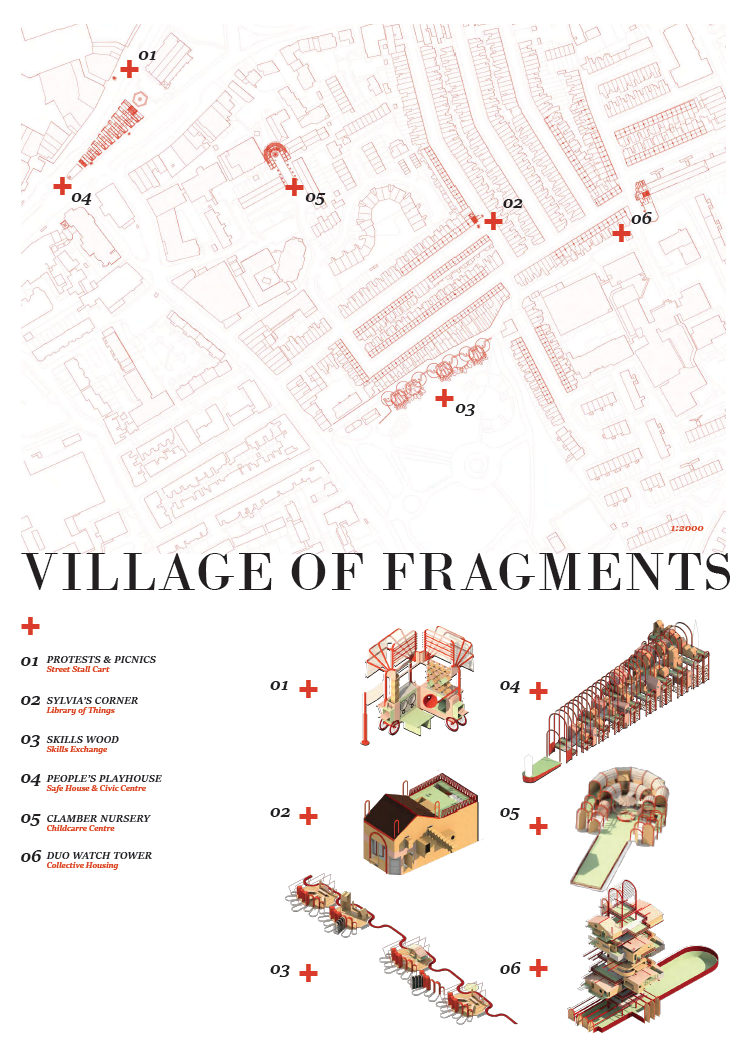
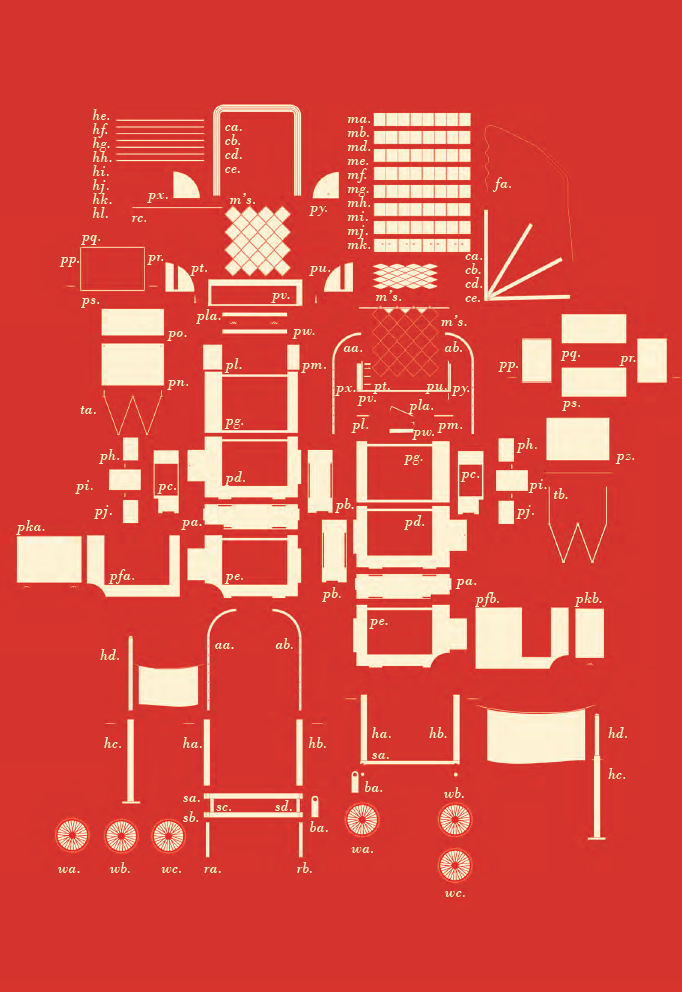
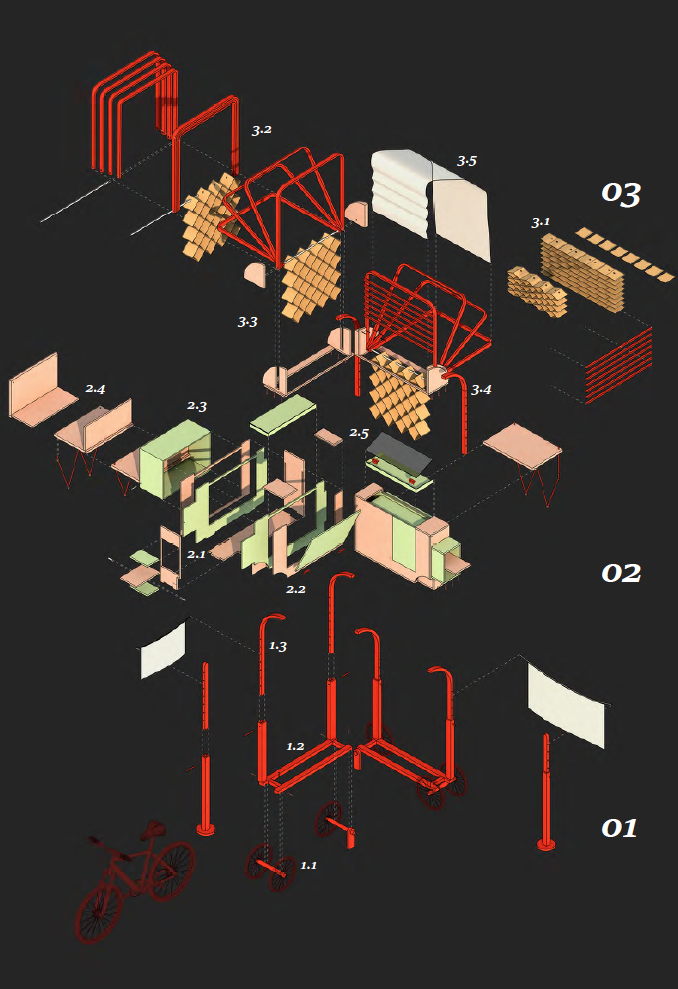
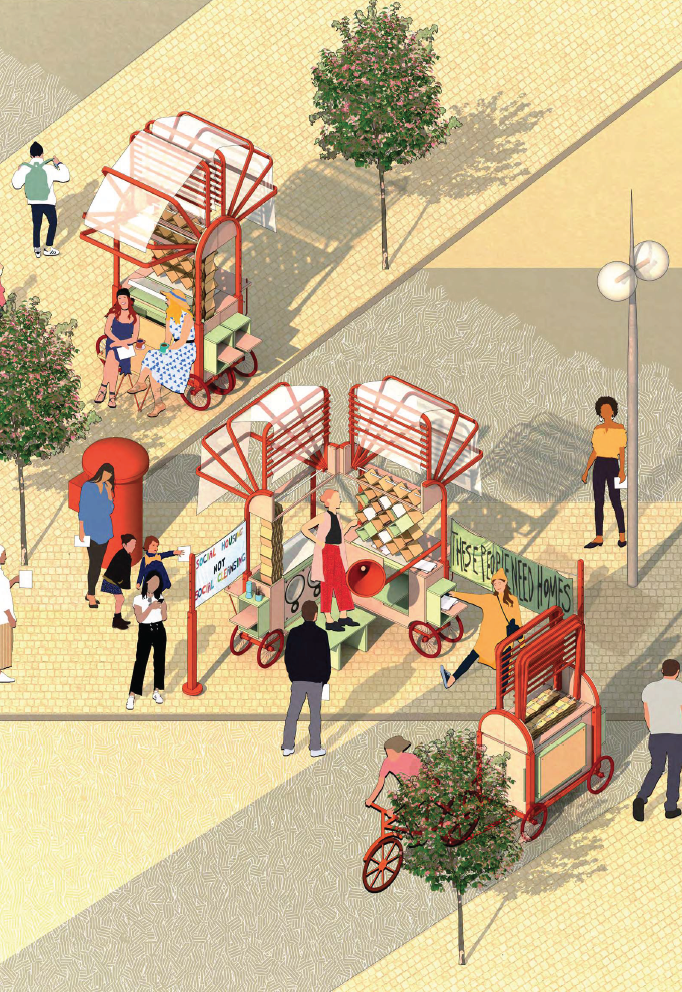
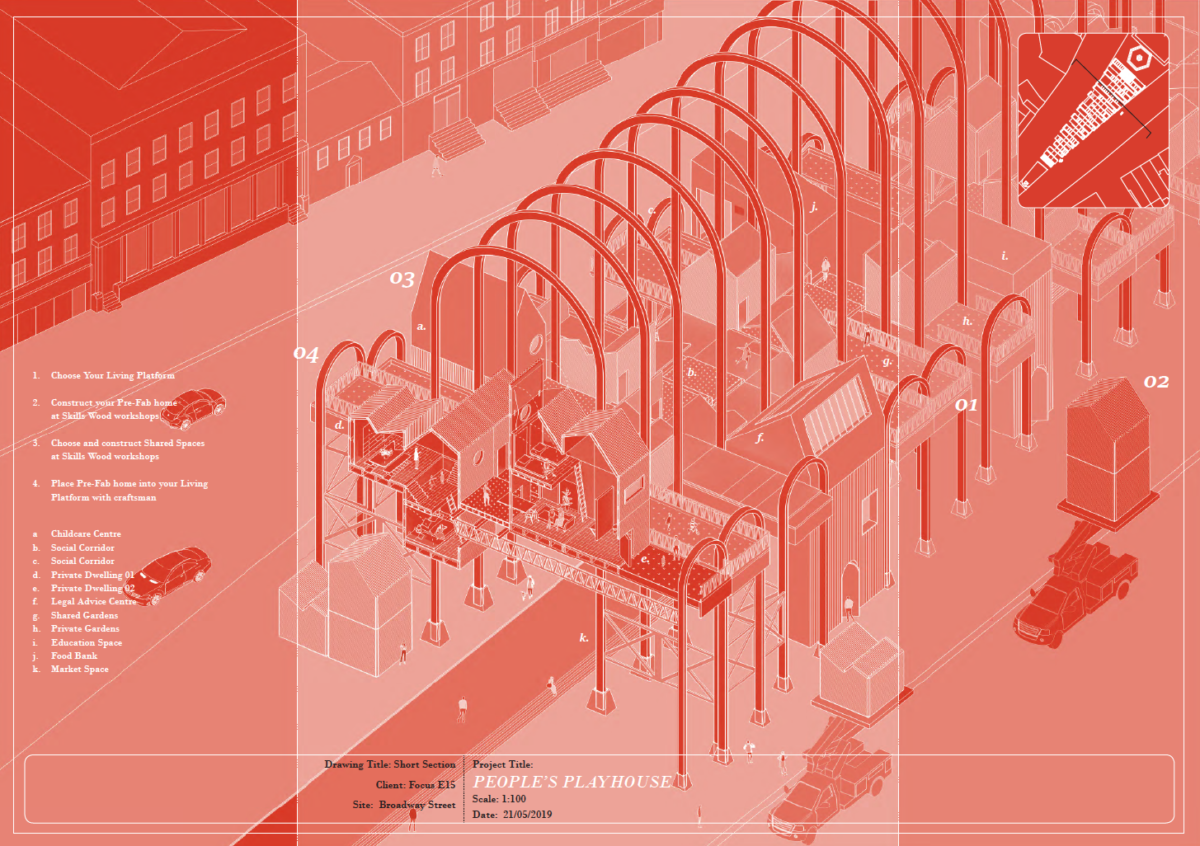
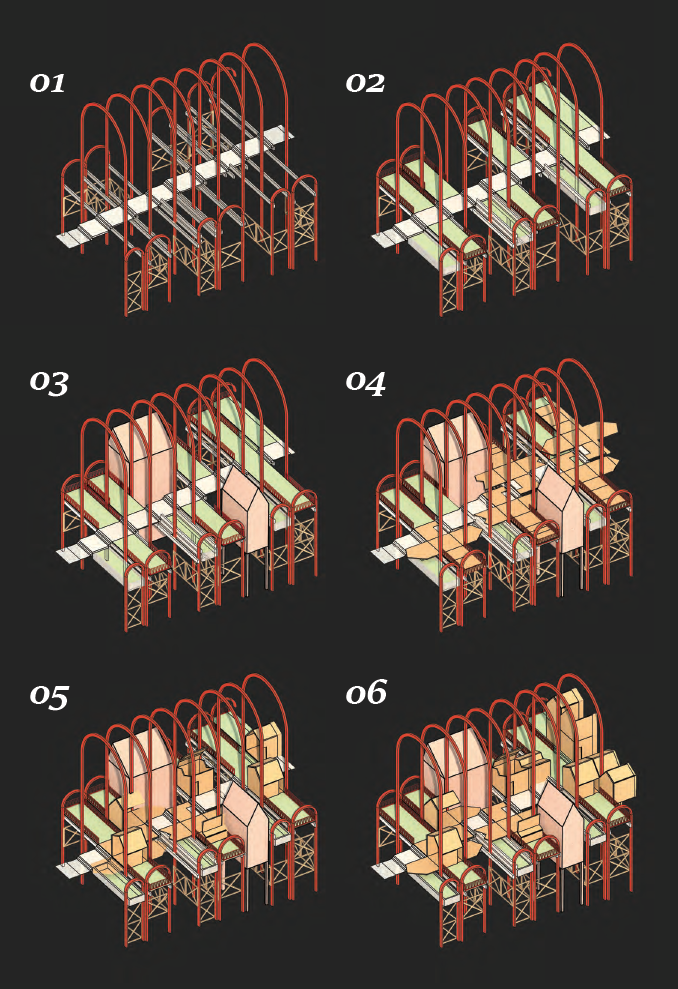
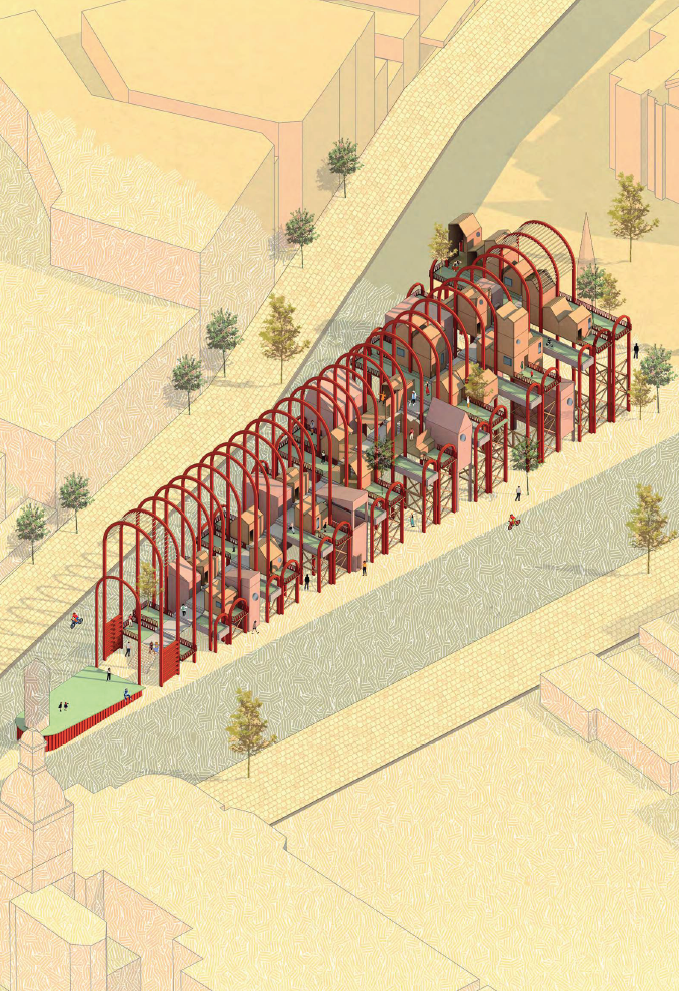
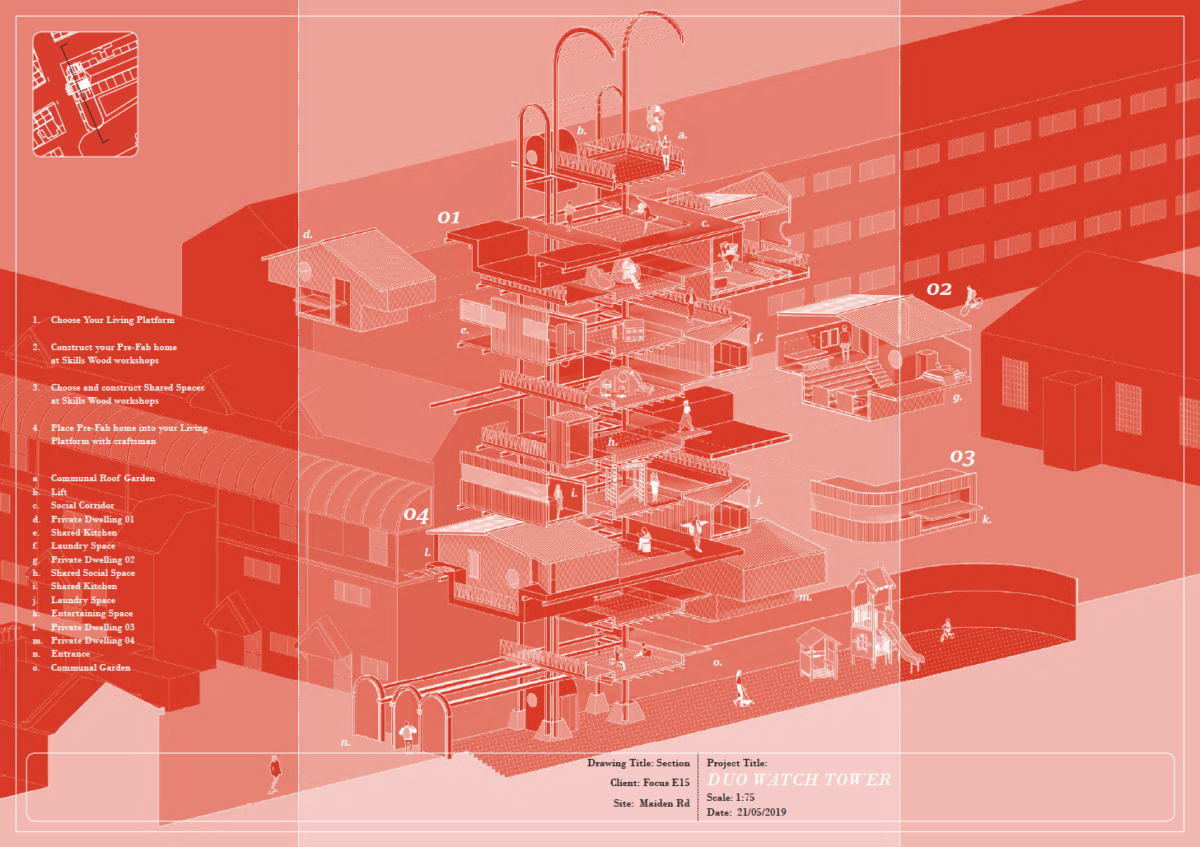
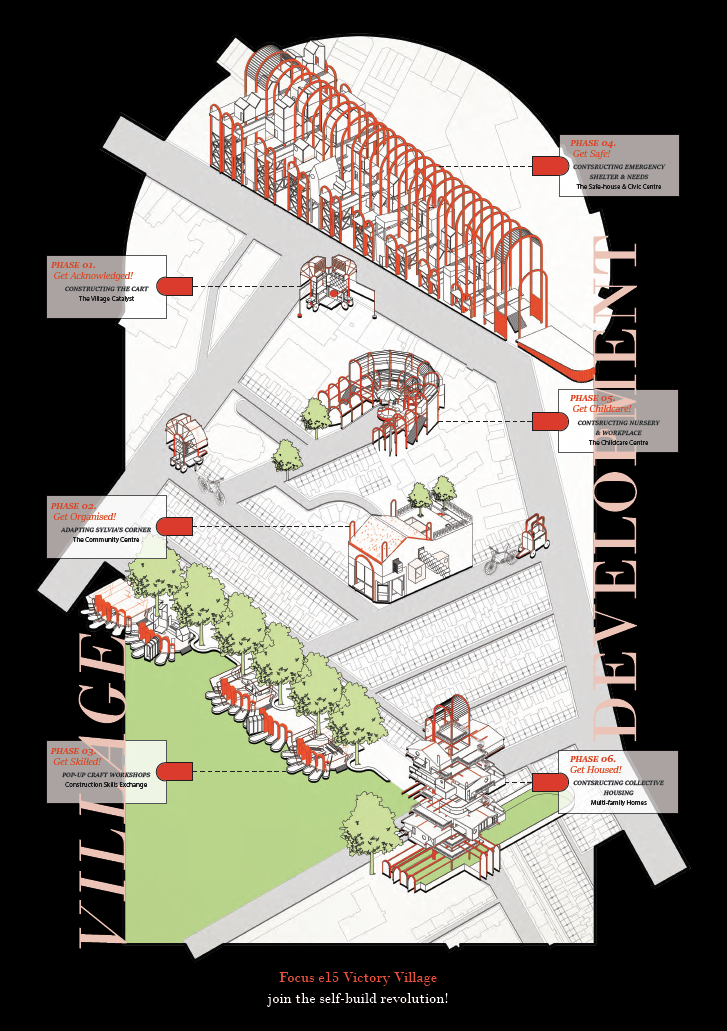
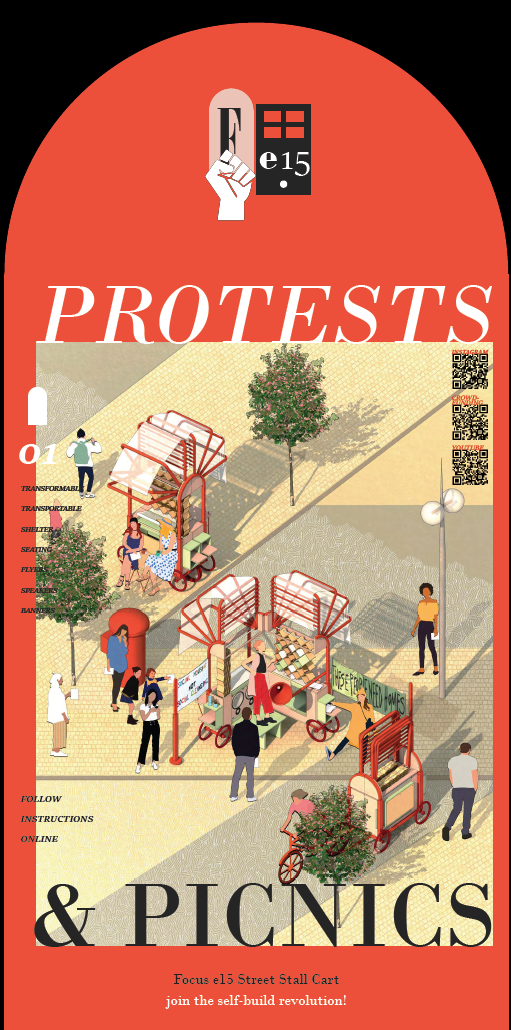
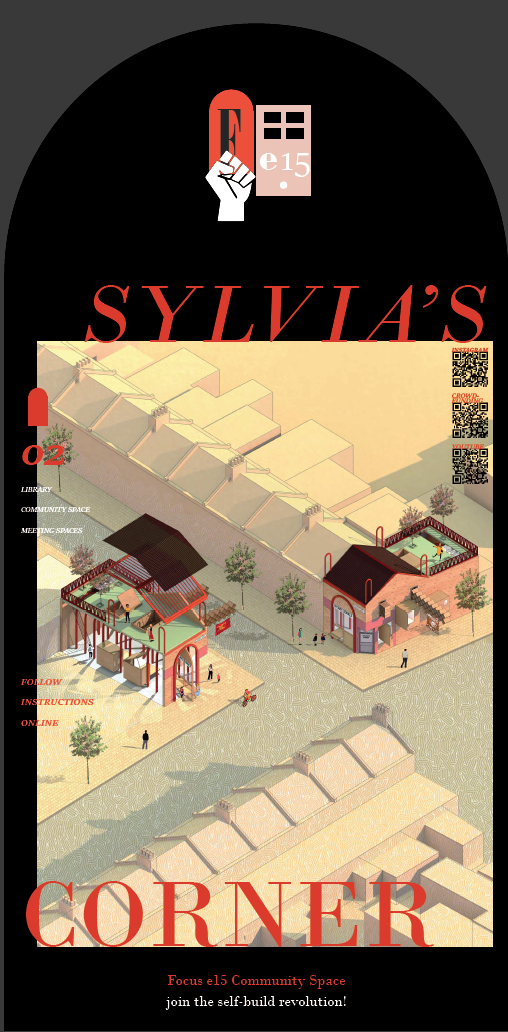
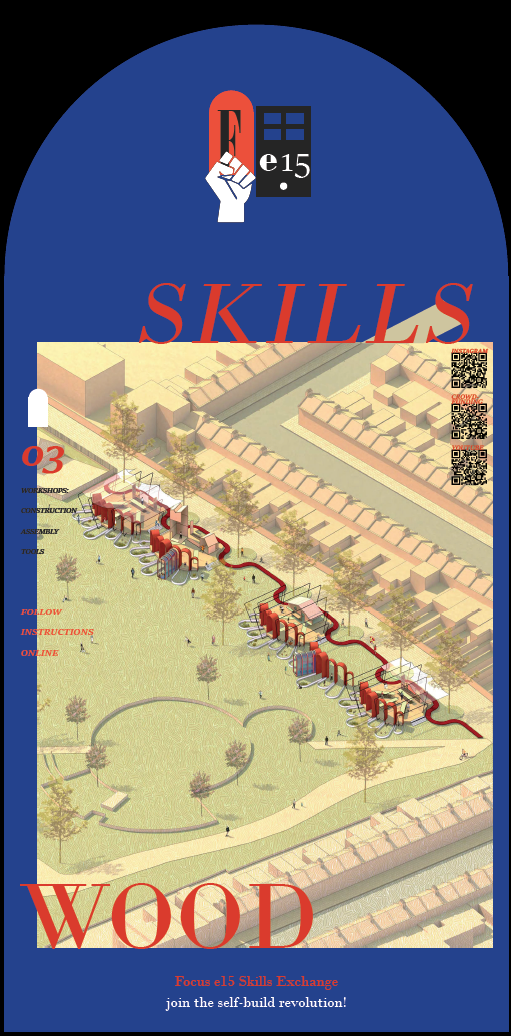
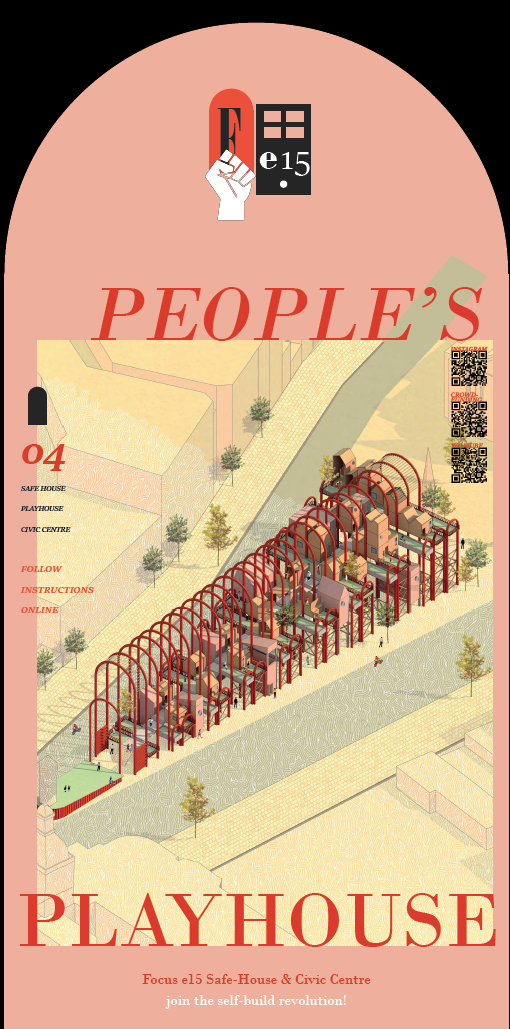
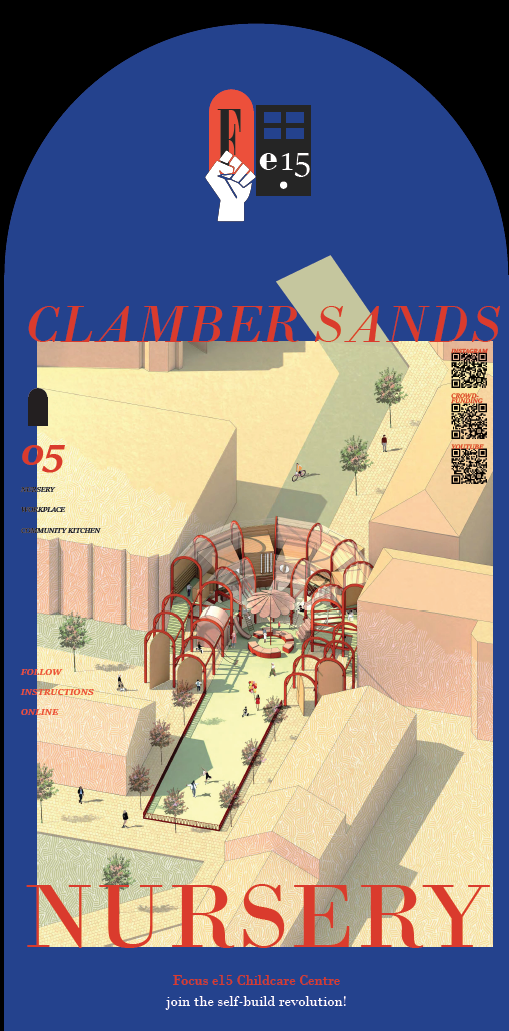
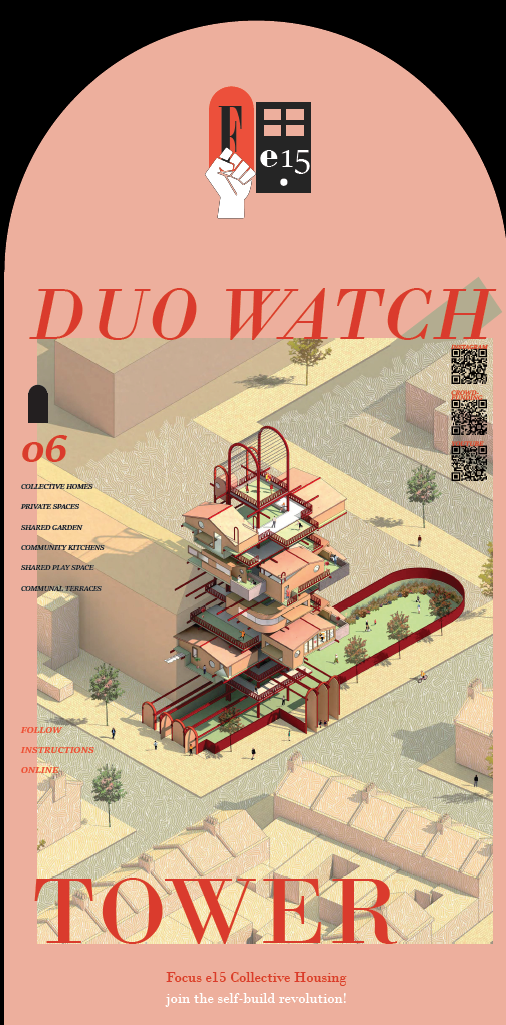
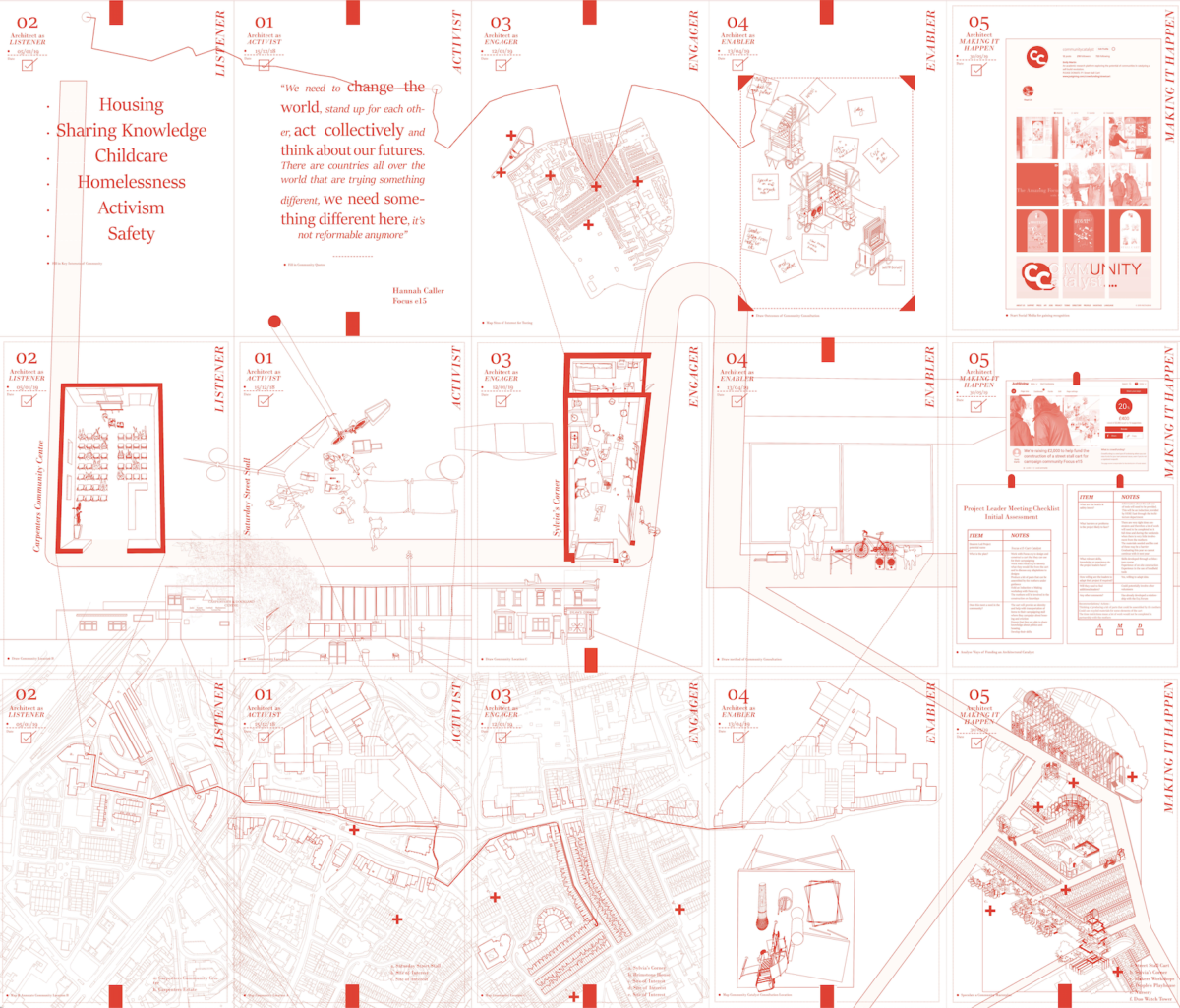
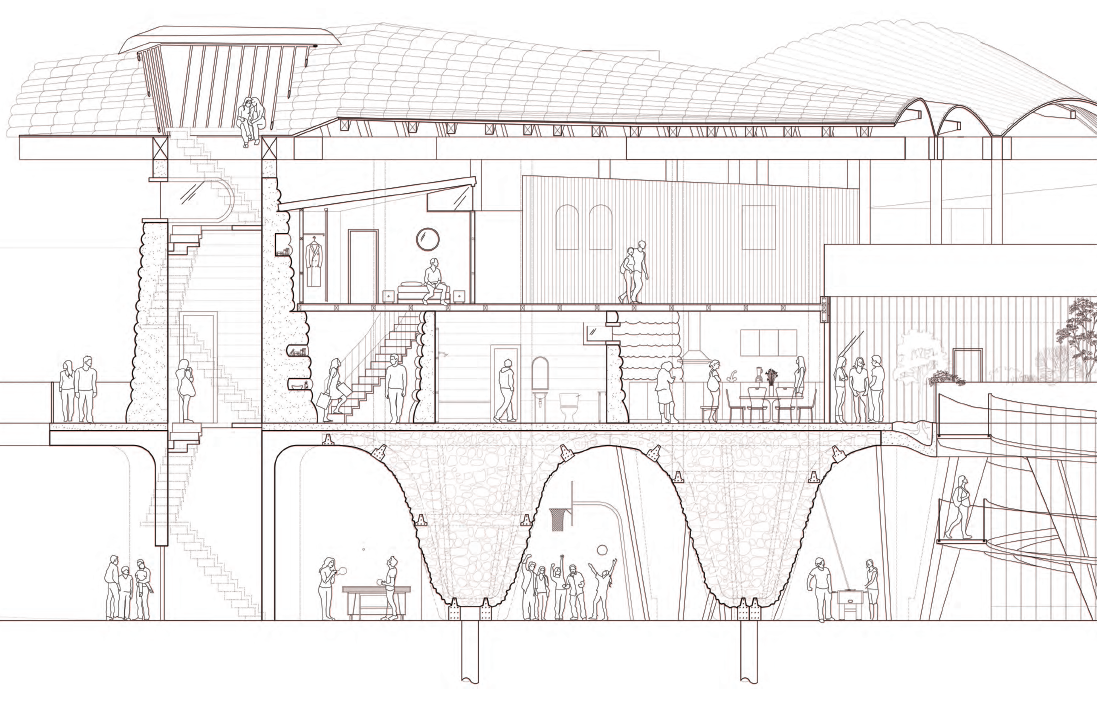
Essex Caravansarai, Basildon
In response to the failing and tragic conception of the ‘New Town Utopia’ Basildon, Essex Caravanserai aims to offer a new radical strategy for living in Essex. As a result of the proposed and drastic demolition of the lost 1950s vision for a new and radical Basildon Town Centre, The Essex Caravanserai project aims to oppose but make use of the intensely over-designed regeneration scheme of Basildon Council through recycling material of the decanted sites and advertising a solution to the throwaway attitude of society endorsed by the council through a highly sustainable and self-sufficient living scheme using and promoting earth as a means of construction.
The most radical of all the test-bed experiments of Essex, Basil-don has fallen into decline with staggering statistics baring the lowest figures for living satisfaction in the country, undoubtedly due to the widespread serious deprivation which has entailed high levels of crime, teenage pregnancies and likely caused con-tribute to an astounding 26.6% of residents having no qualifications.
The Essex Caravanserai project aims to provide new qualifications in new building techniques to the under-qualified populous of Essex in exchange for their work in developing and exhibiting living, built using the council’s provision of a core of essentials which sits harmoniously in the landscape of New Town Basildon. Residents will use this newly developed excavation-extruder de-vice to form elements made of earth and recycled concrete, put together in a variety of combinations to form their own Essex Caravanserai. This will evolve across Essex through the trade of extruder devices, from small scale production of possessions on sale at the Caravanserai markets to larger-scale production of elements for living for sale across councils.

